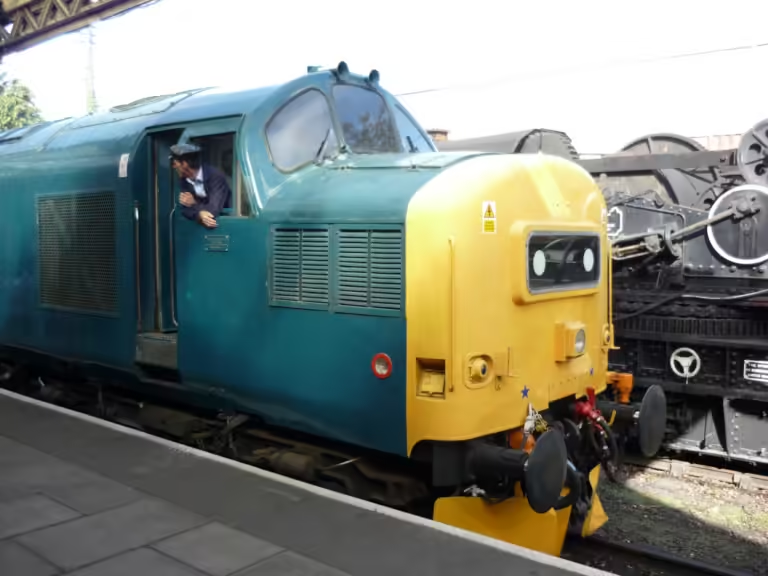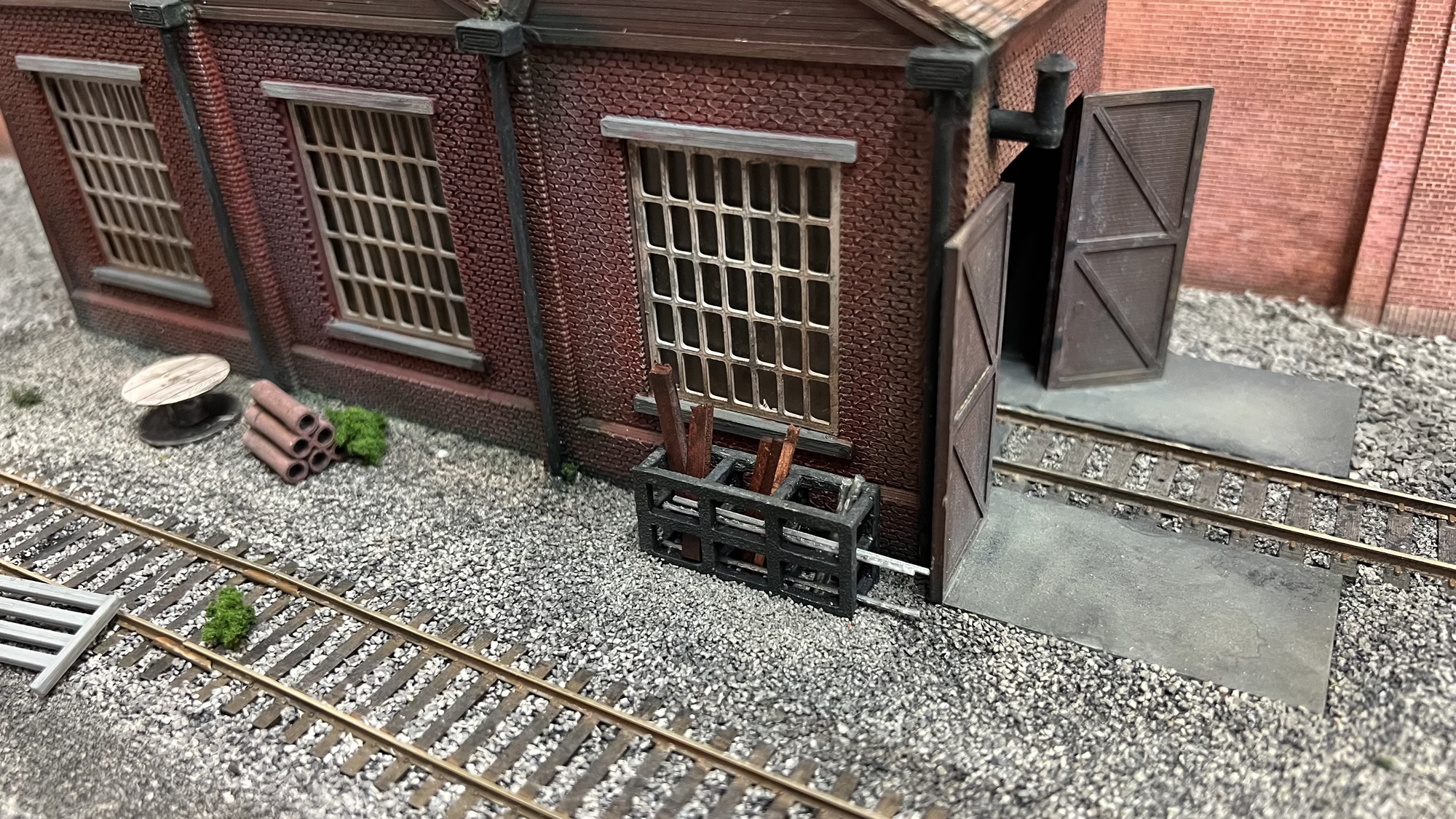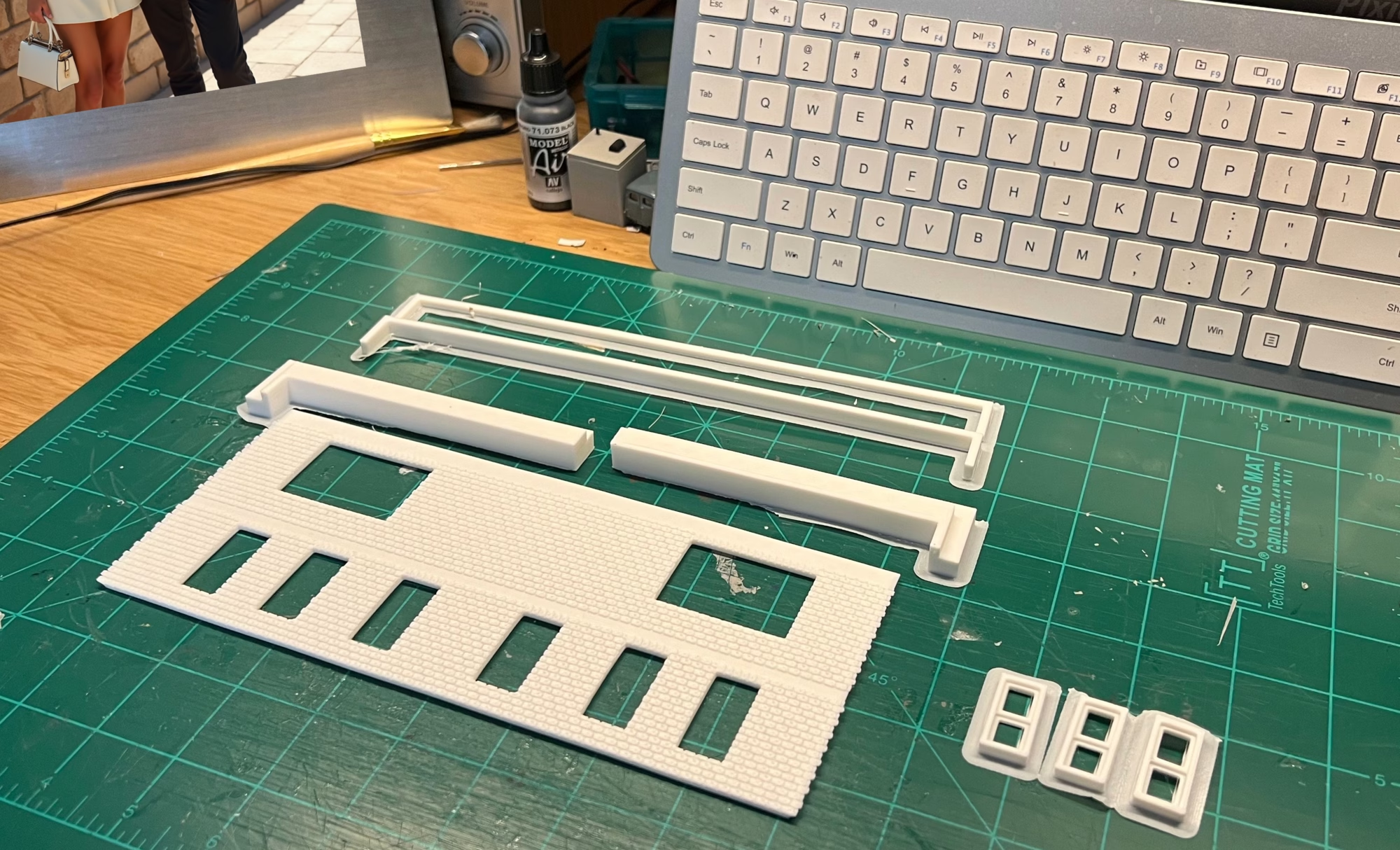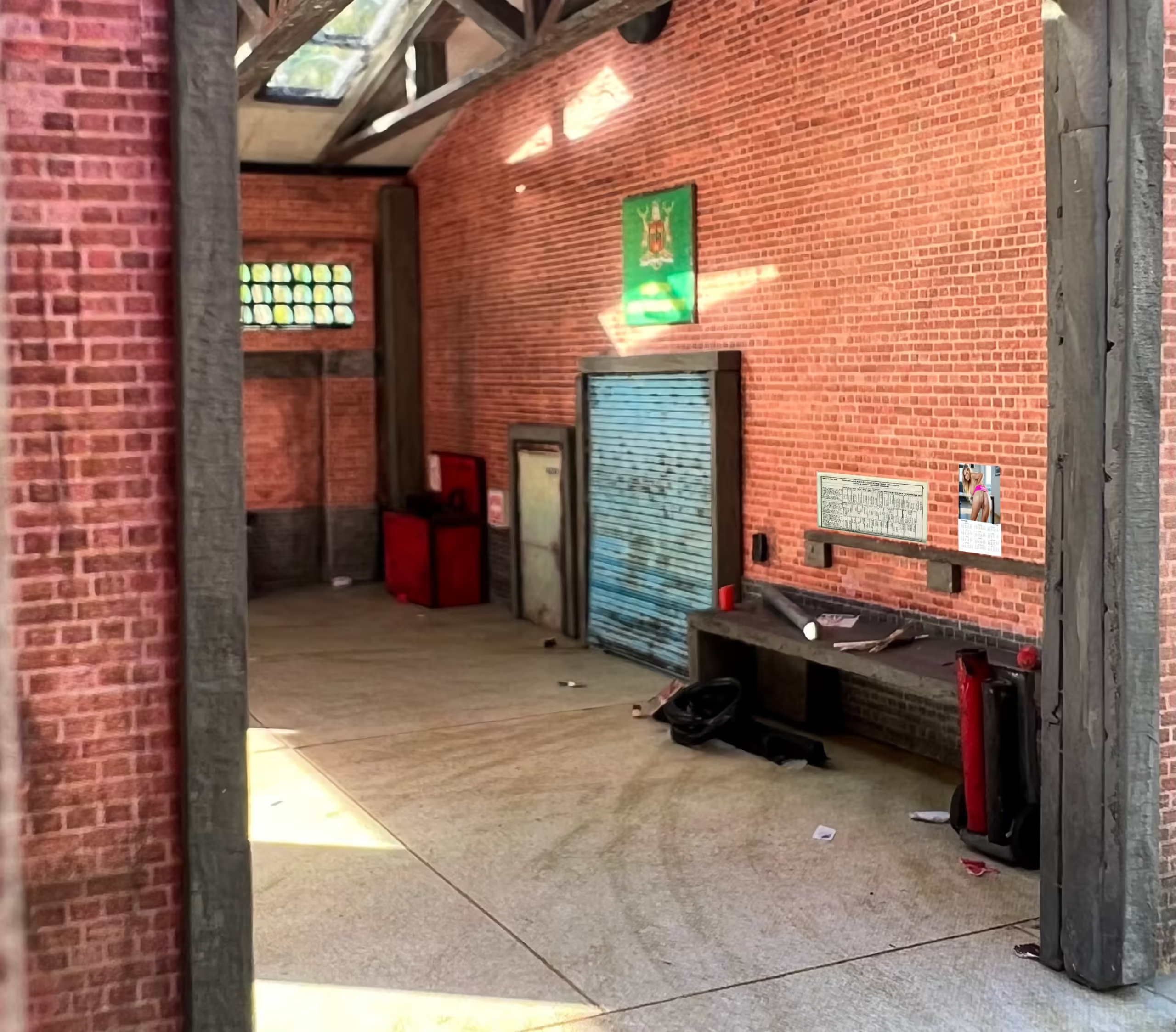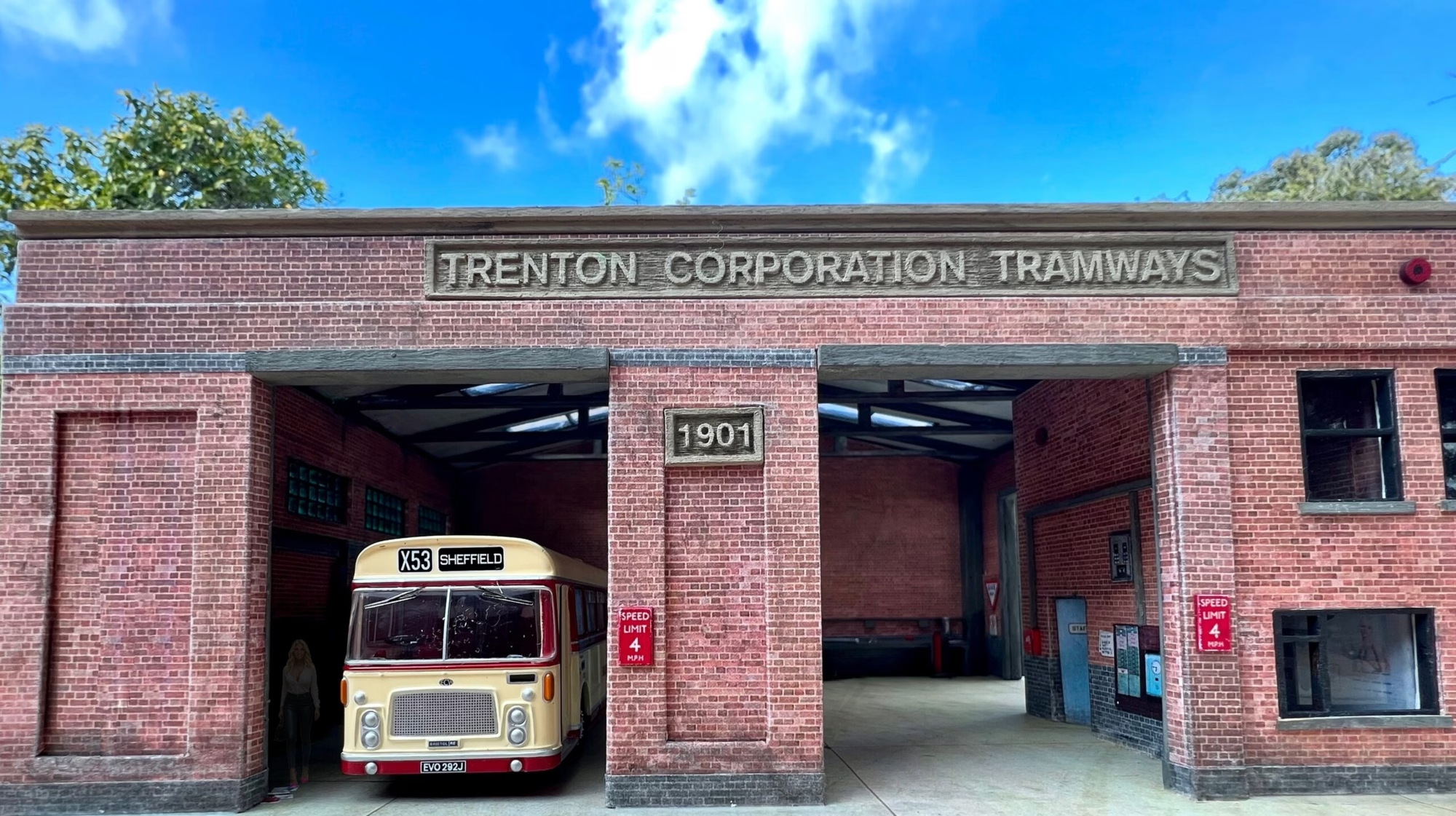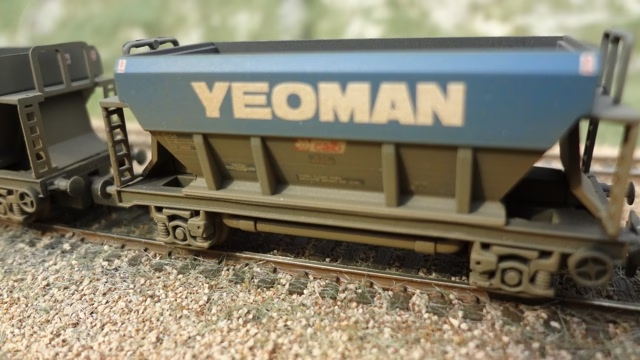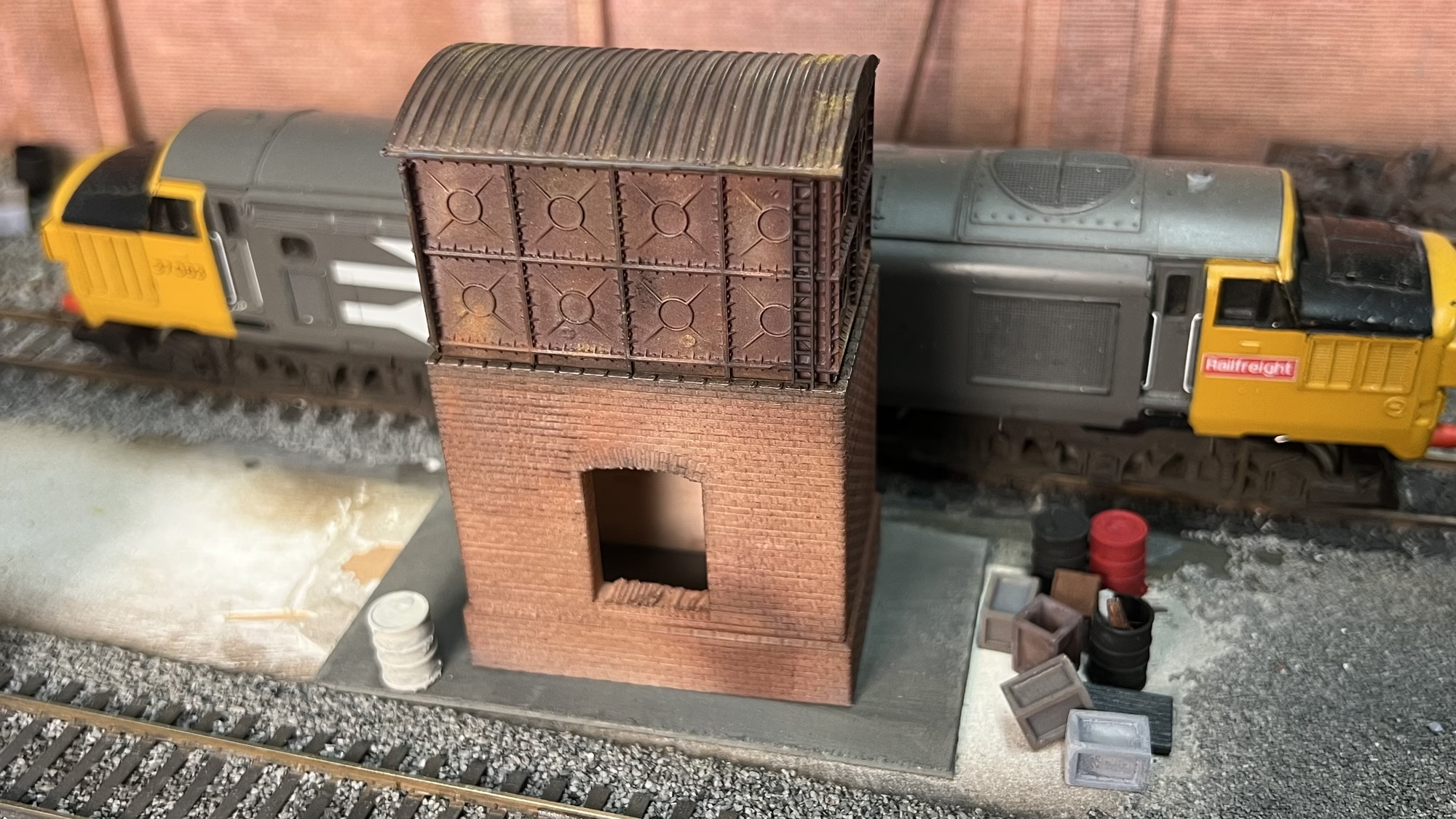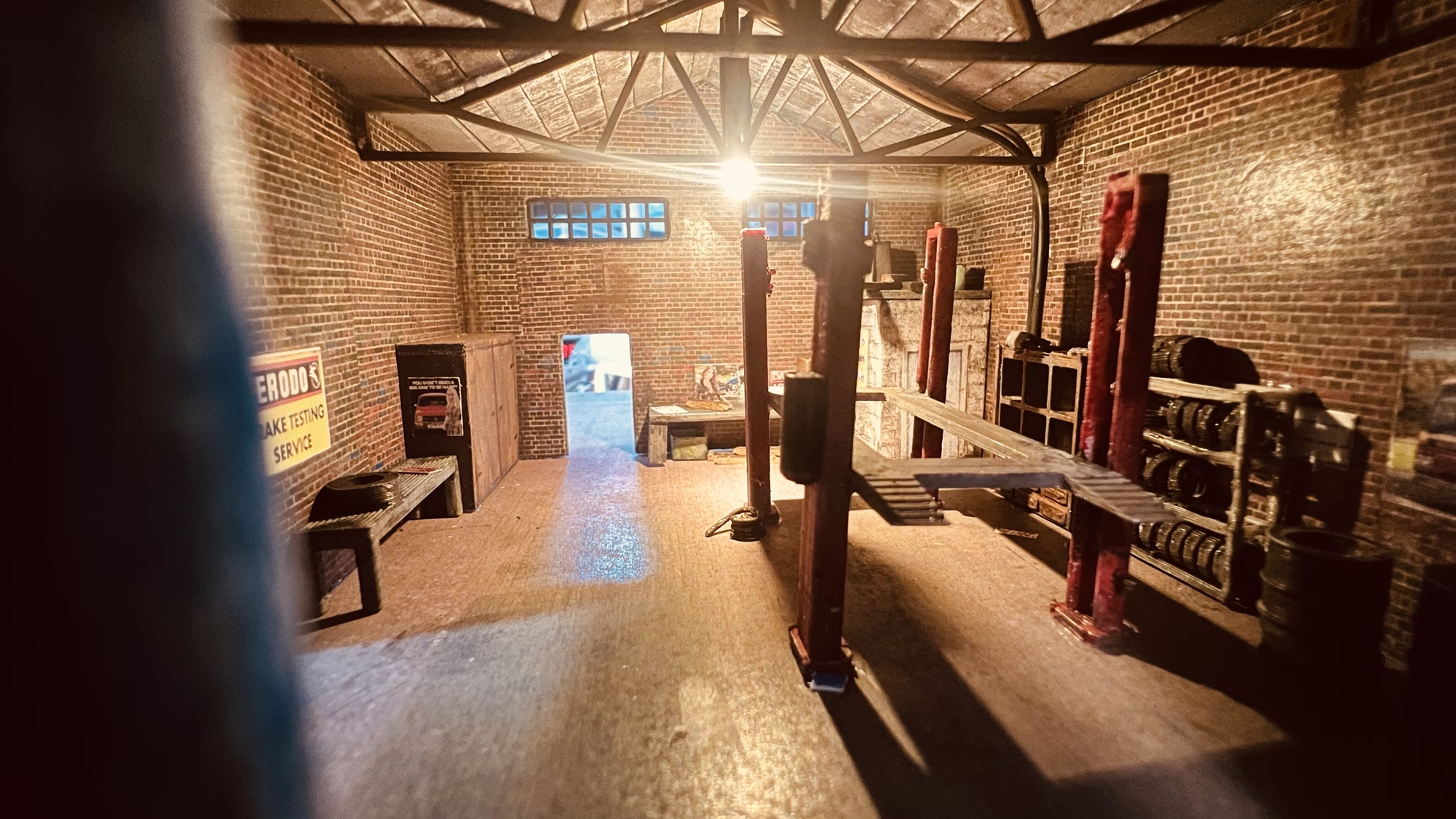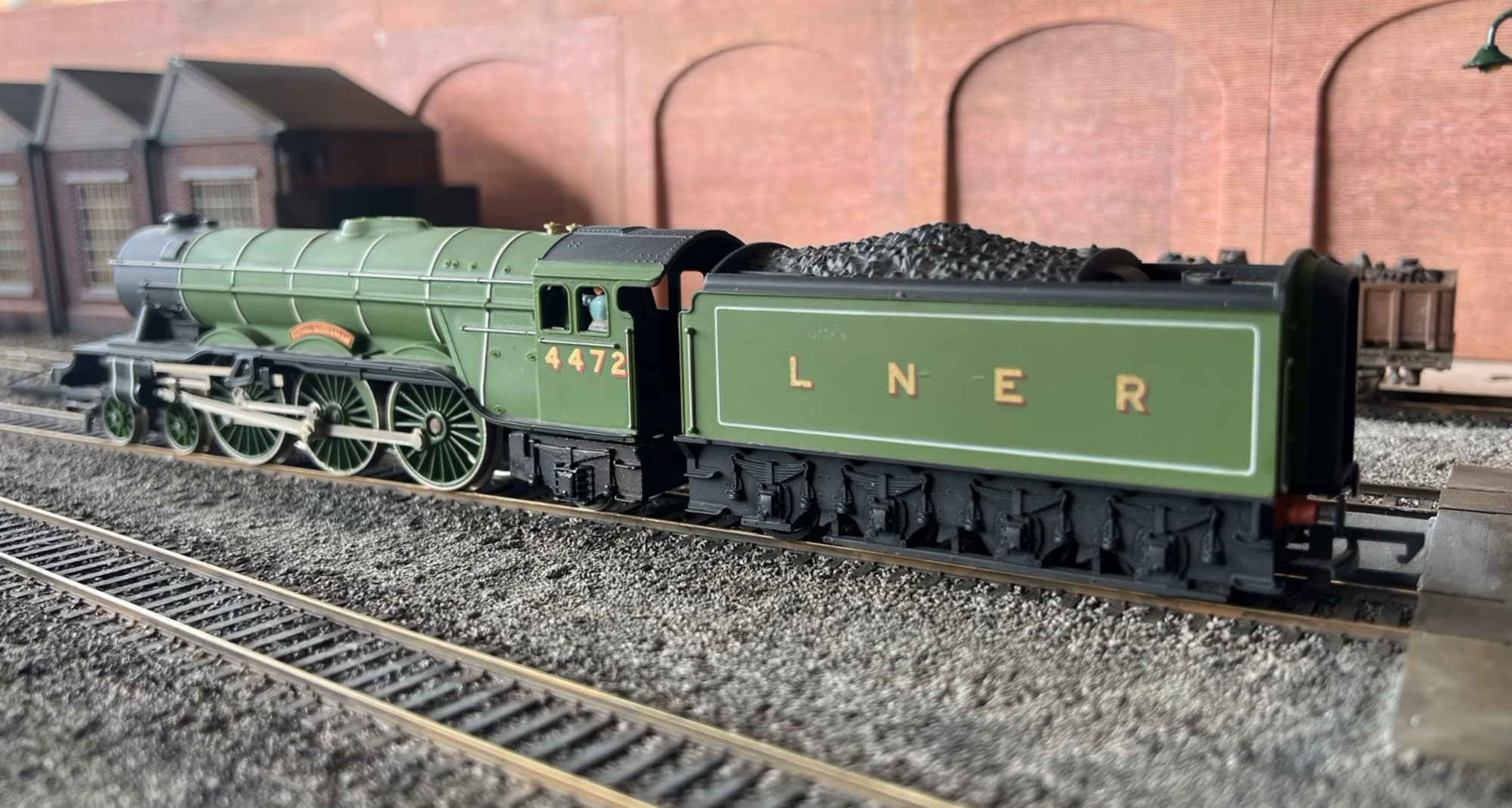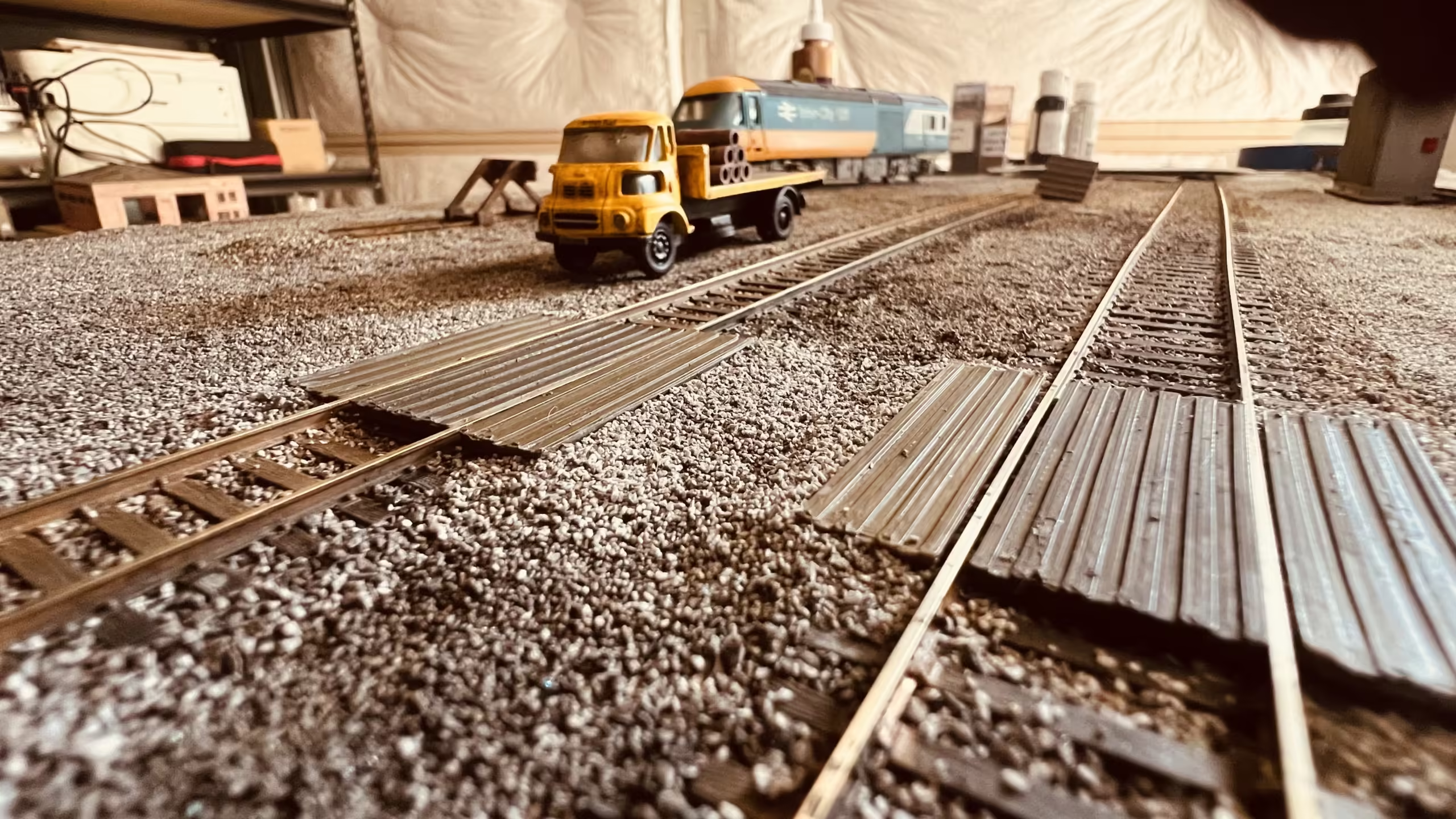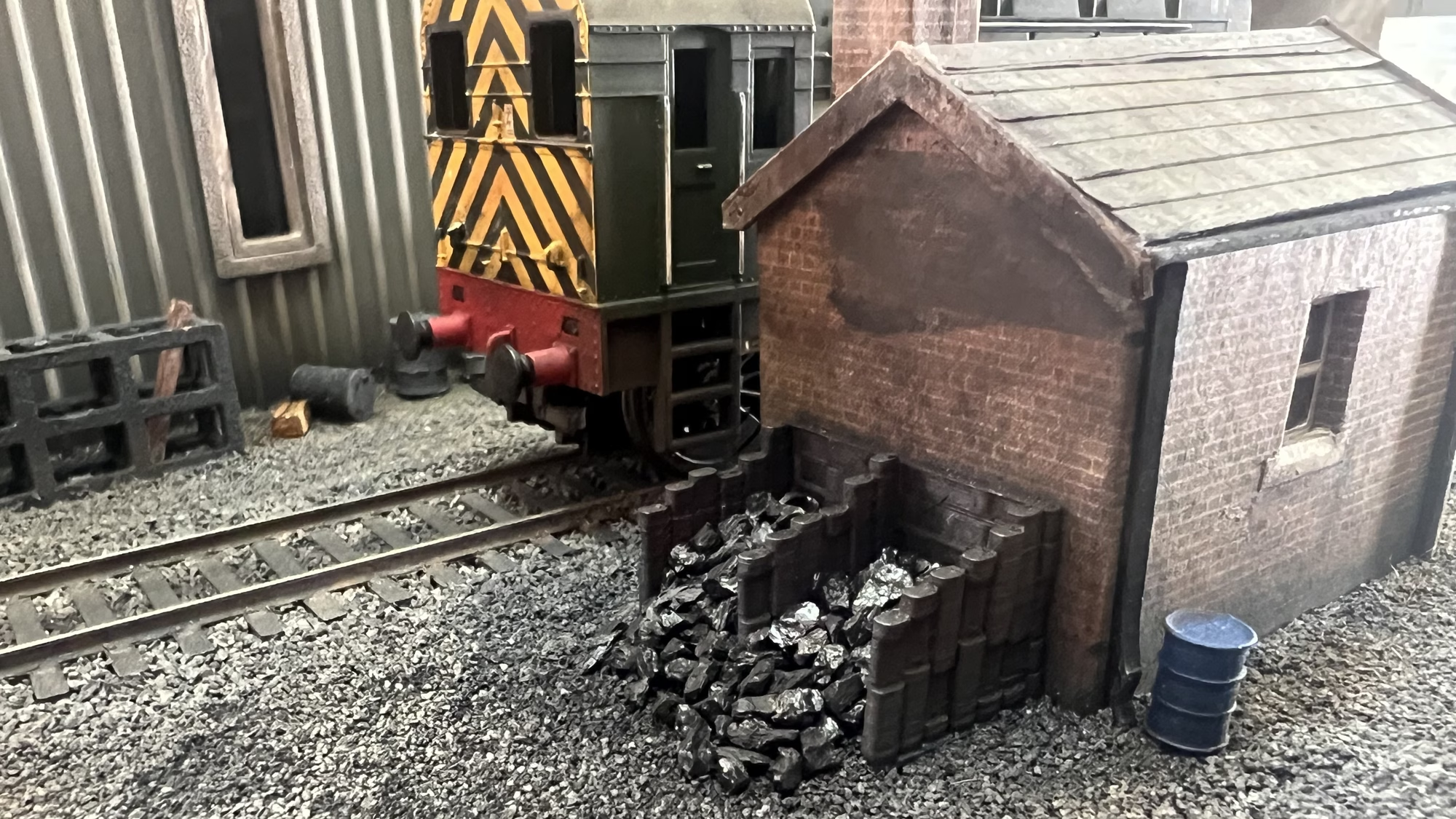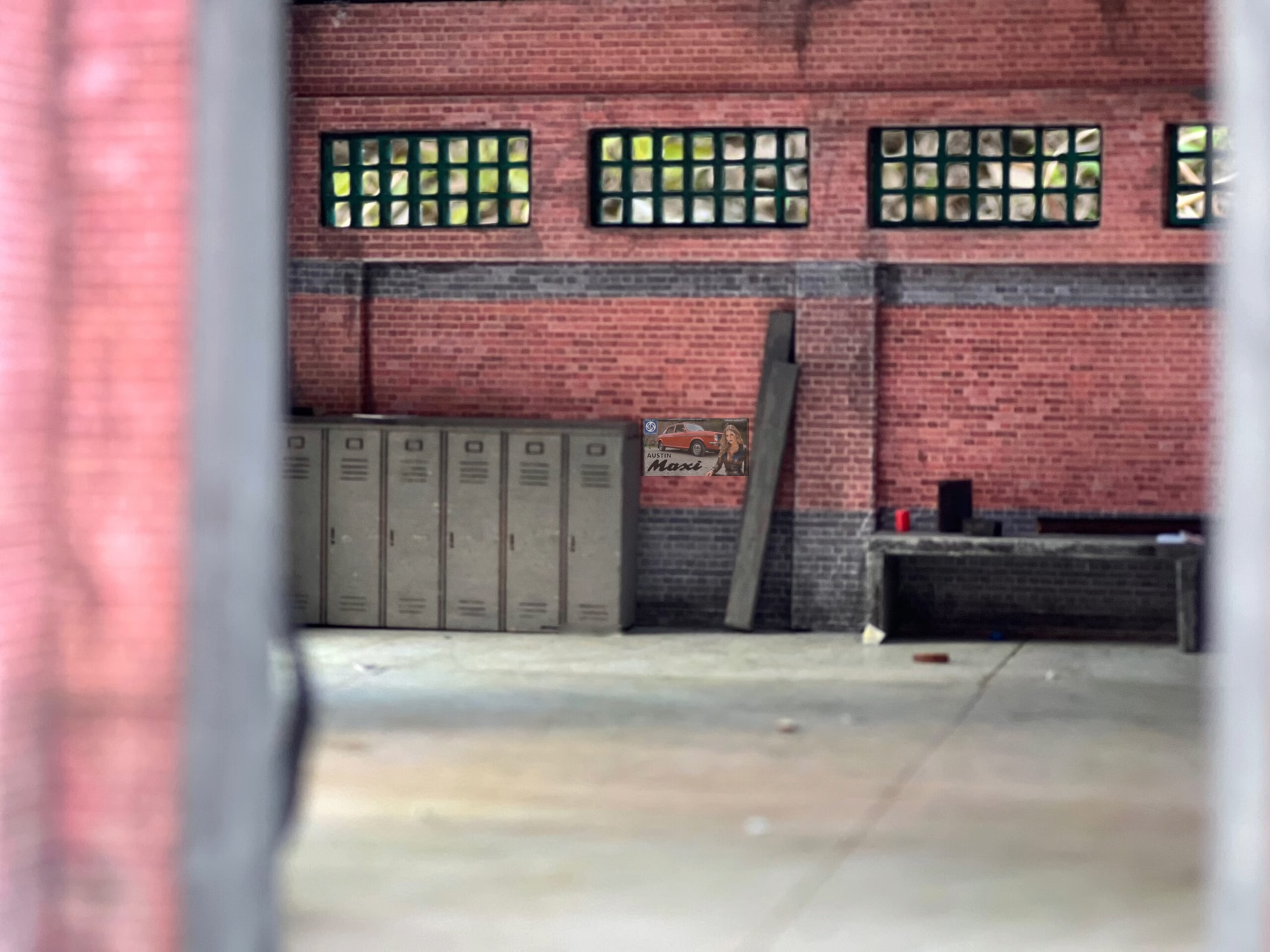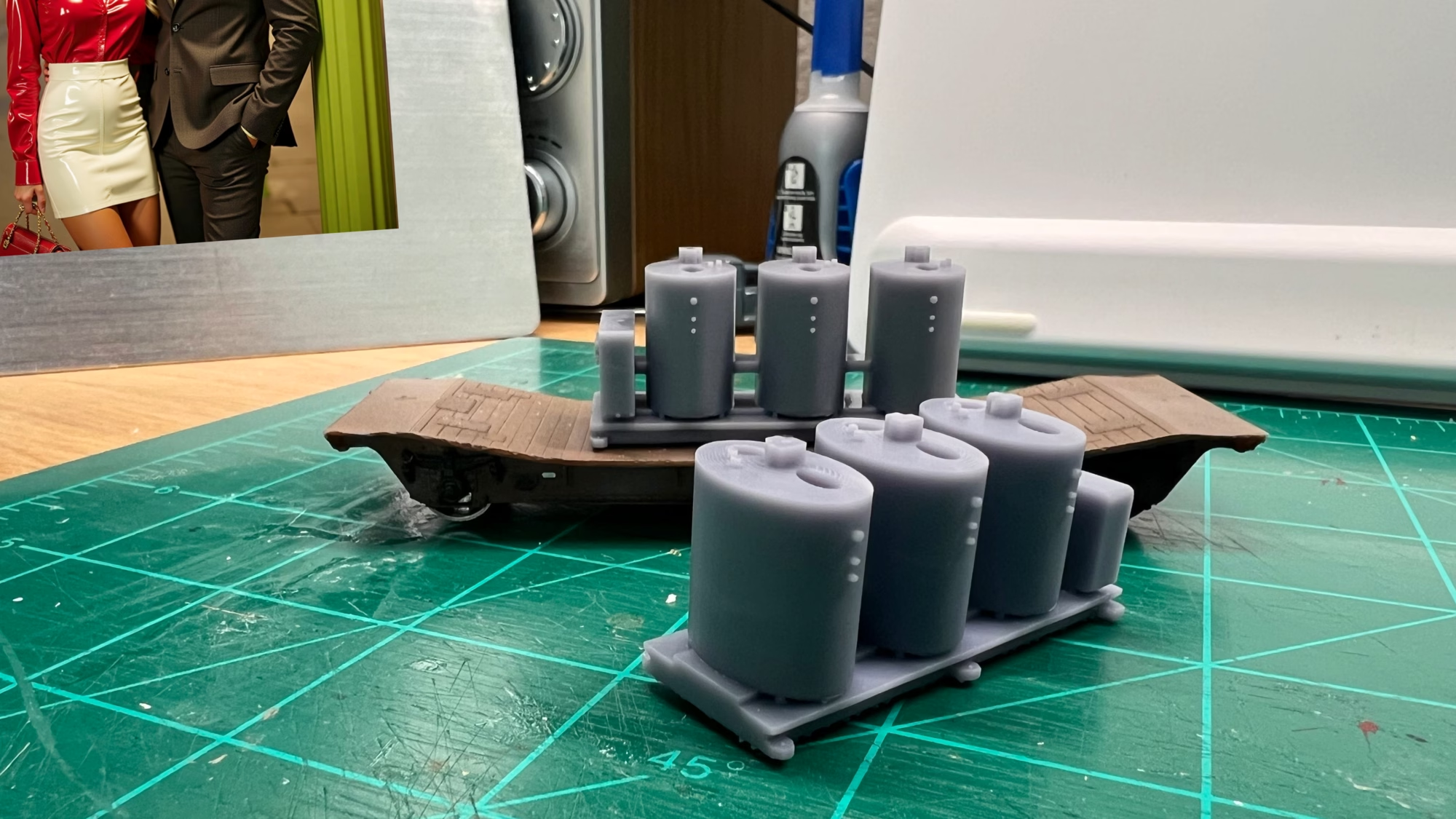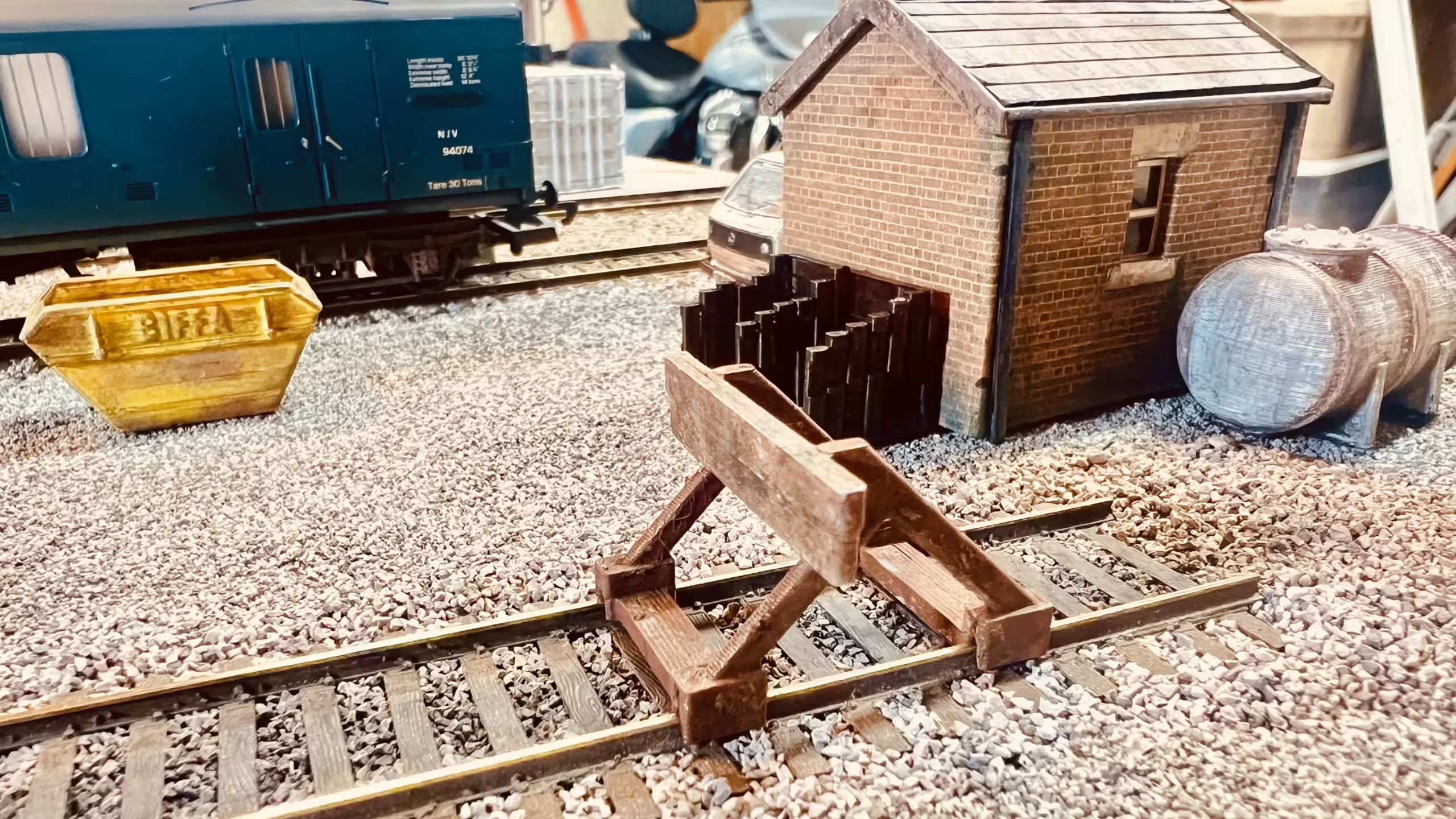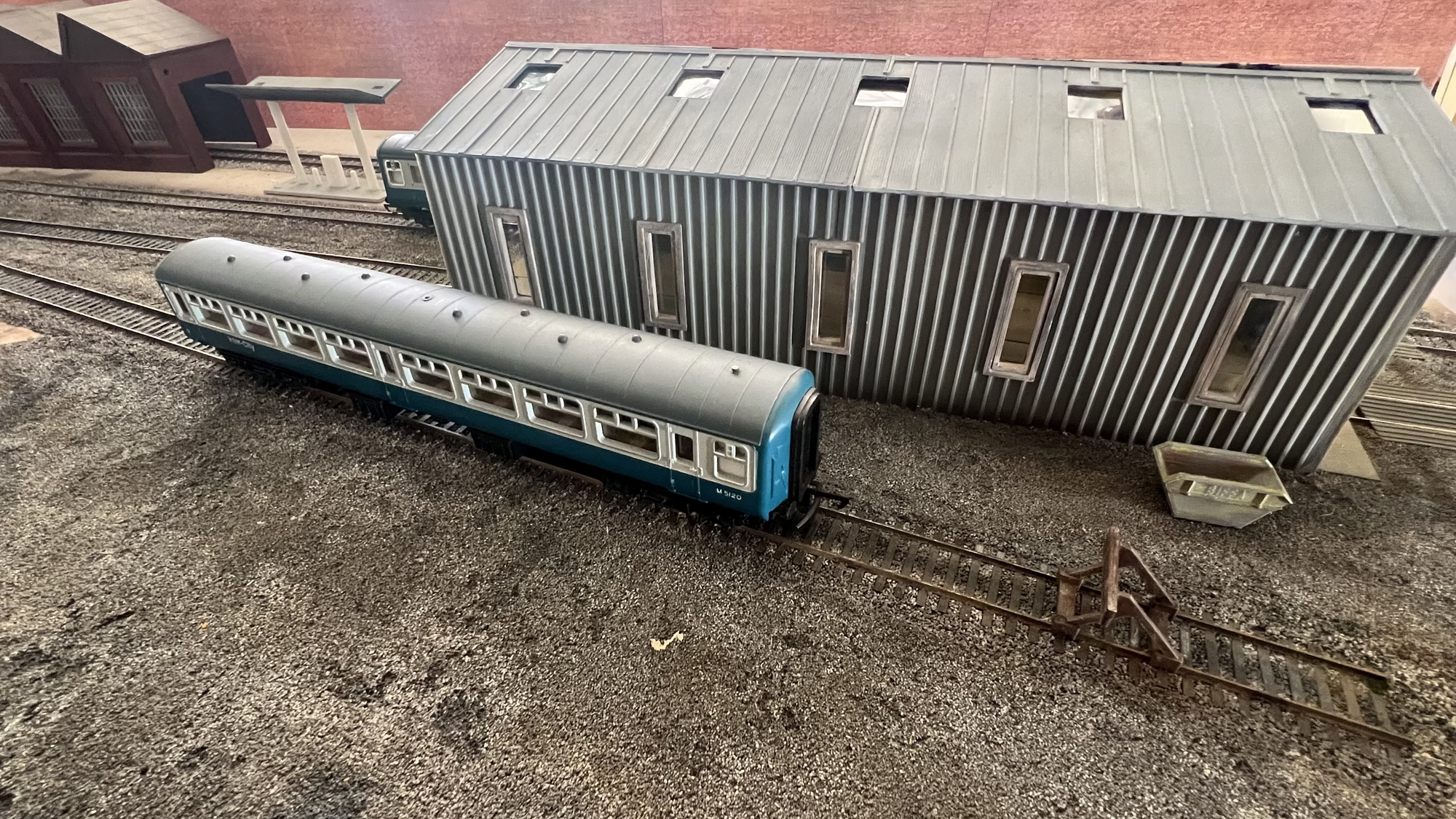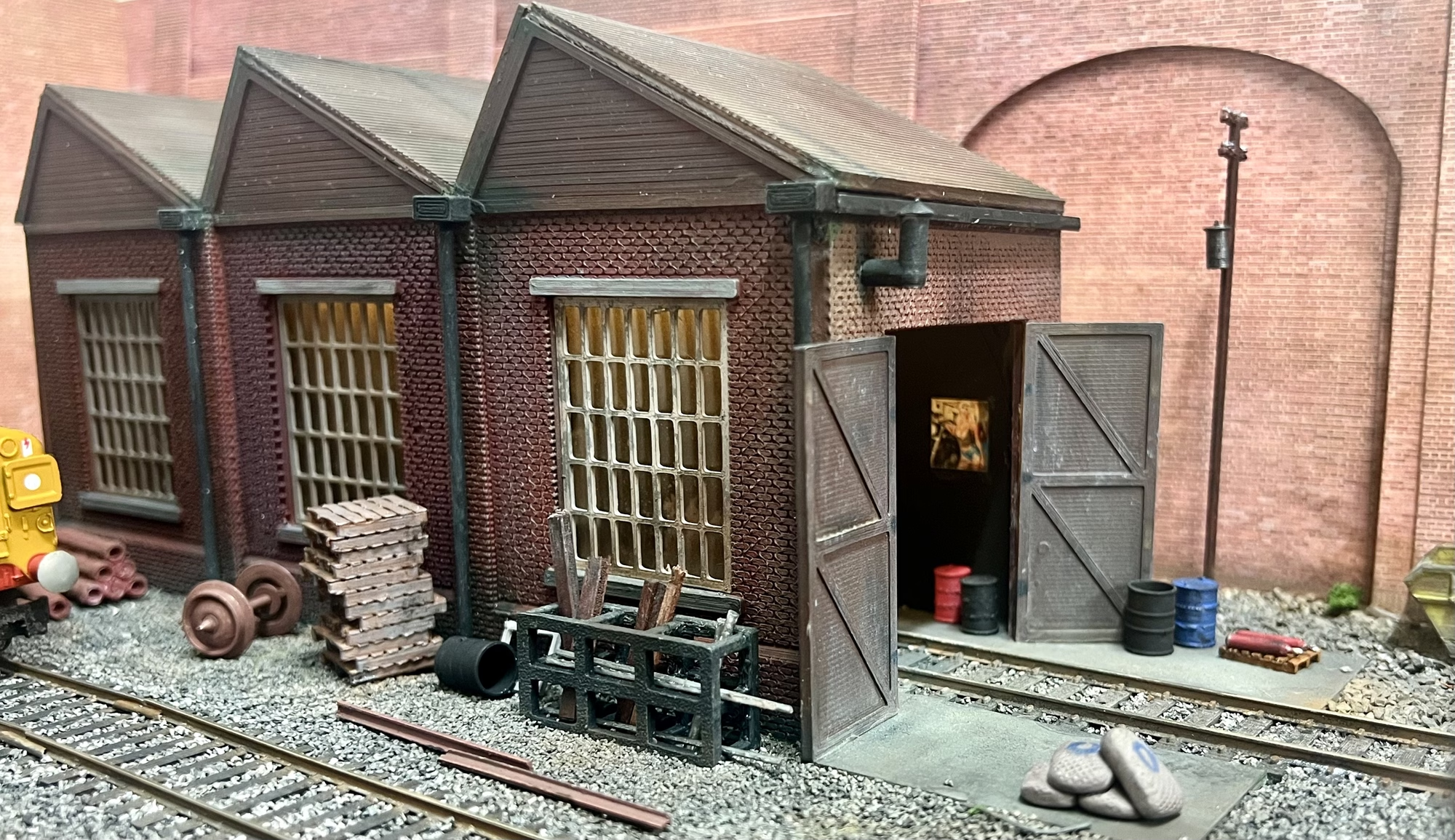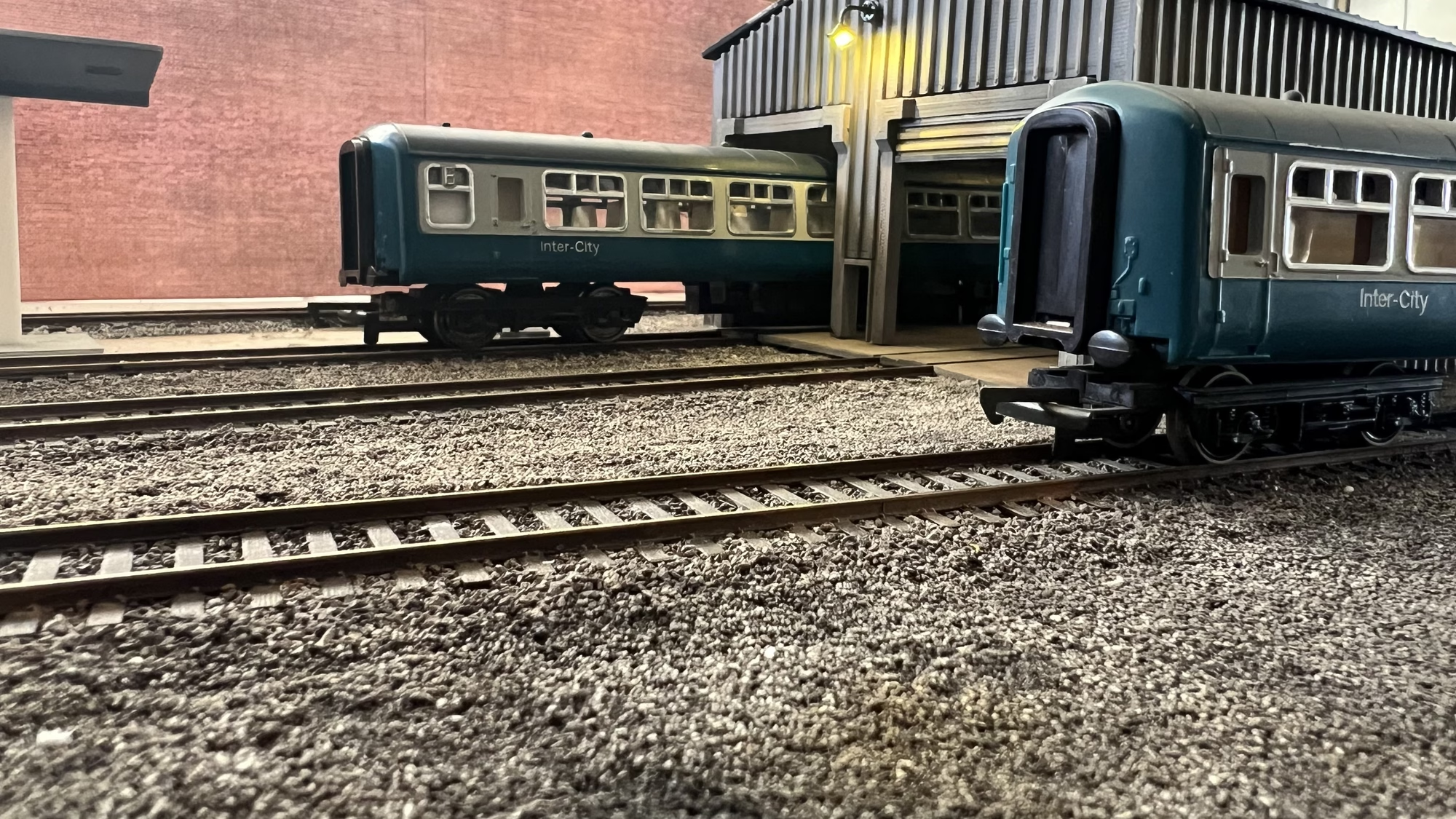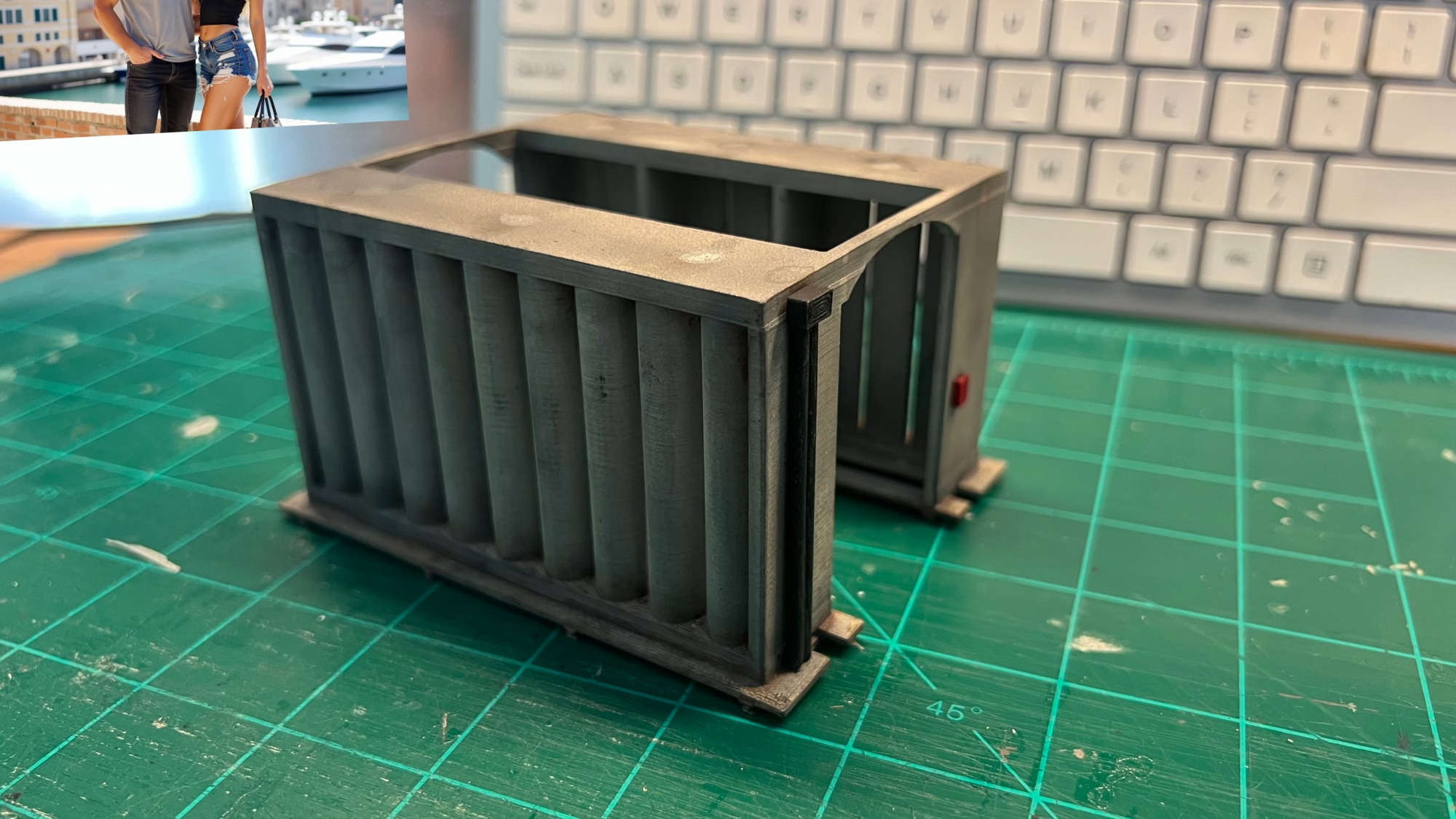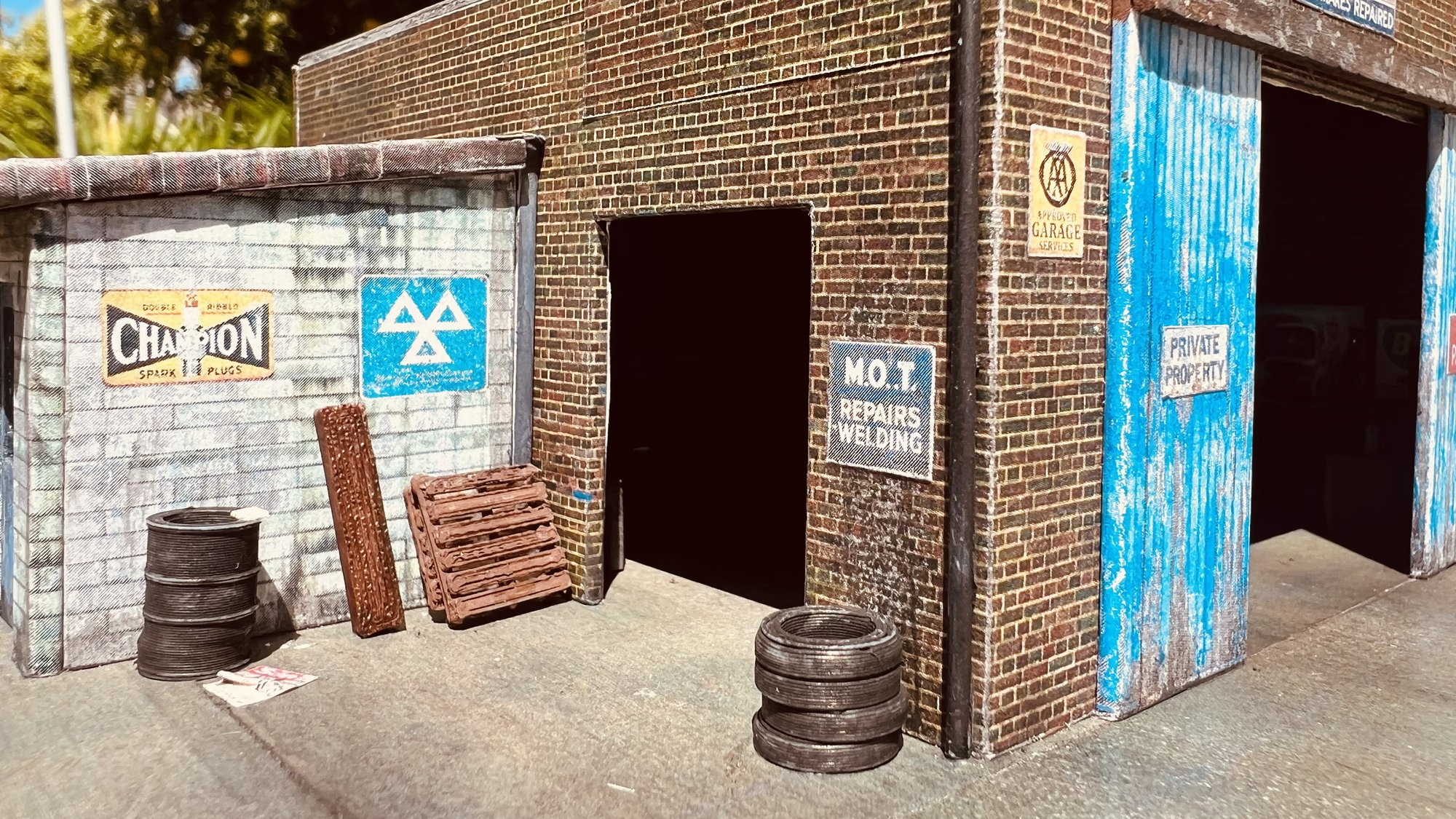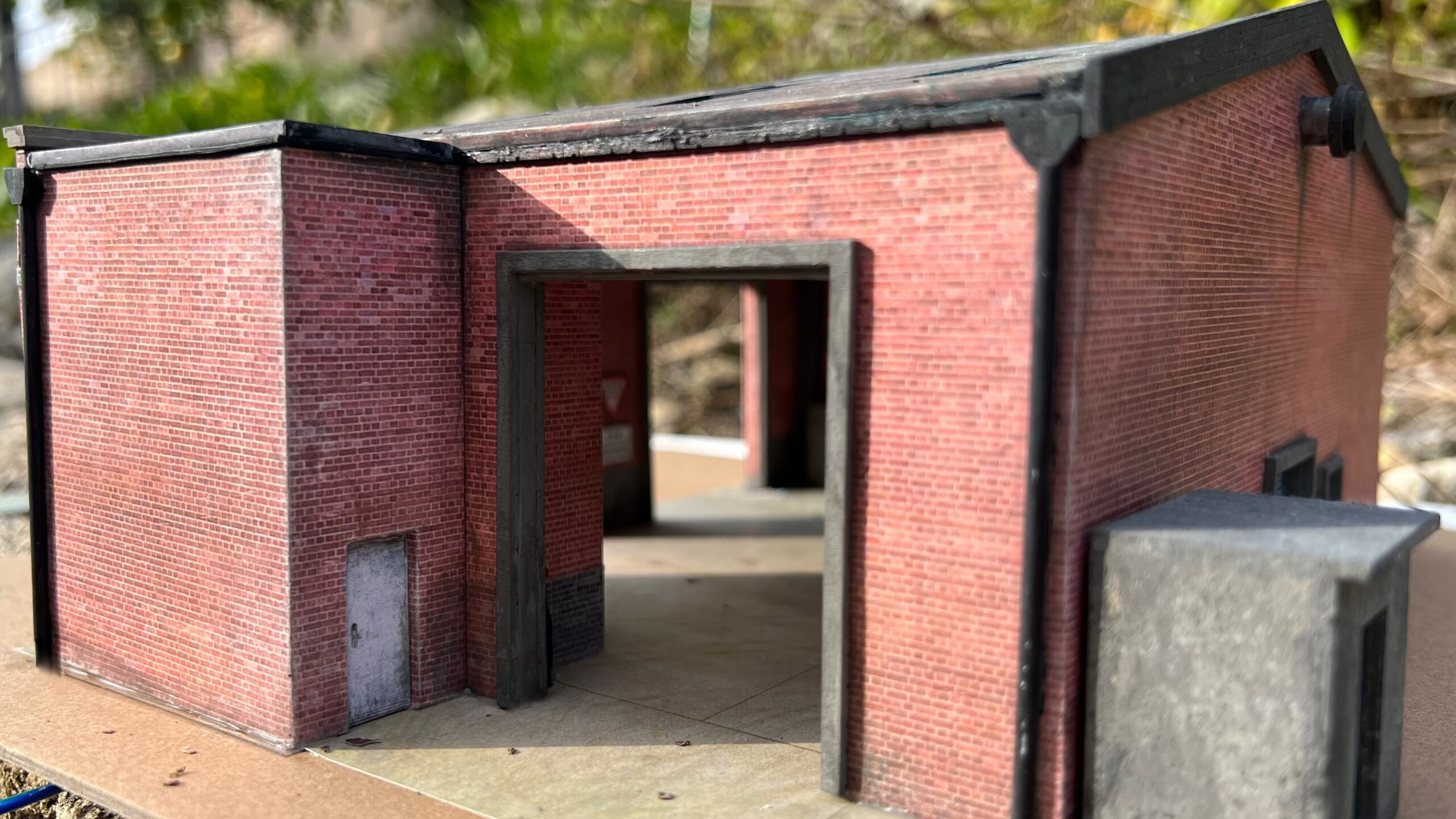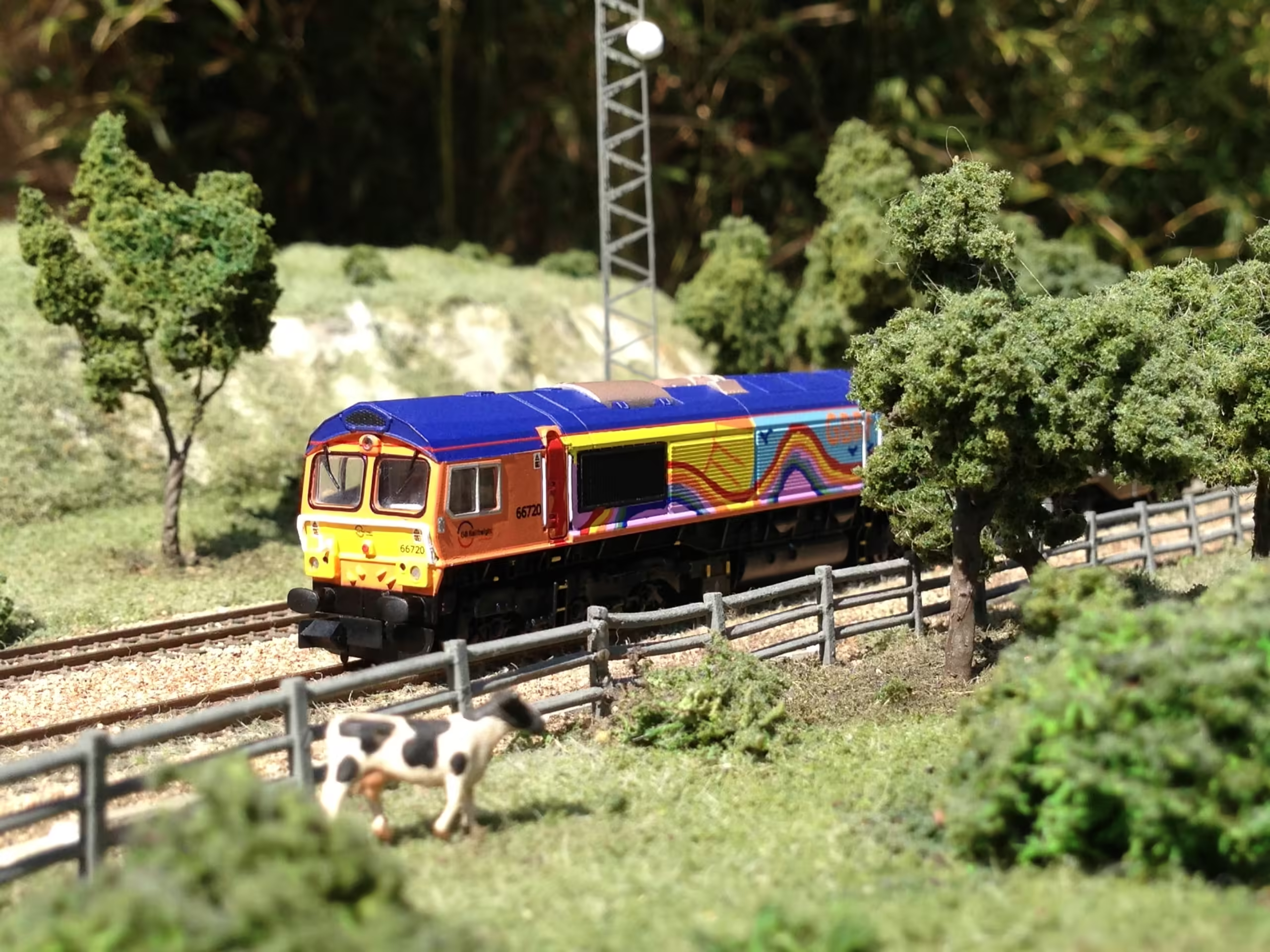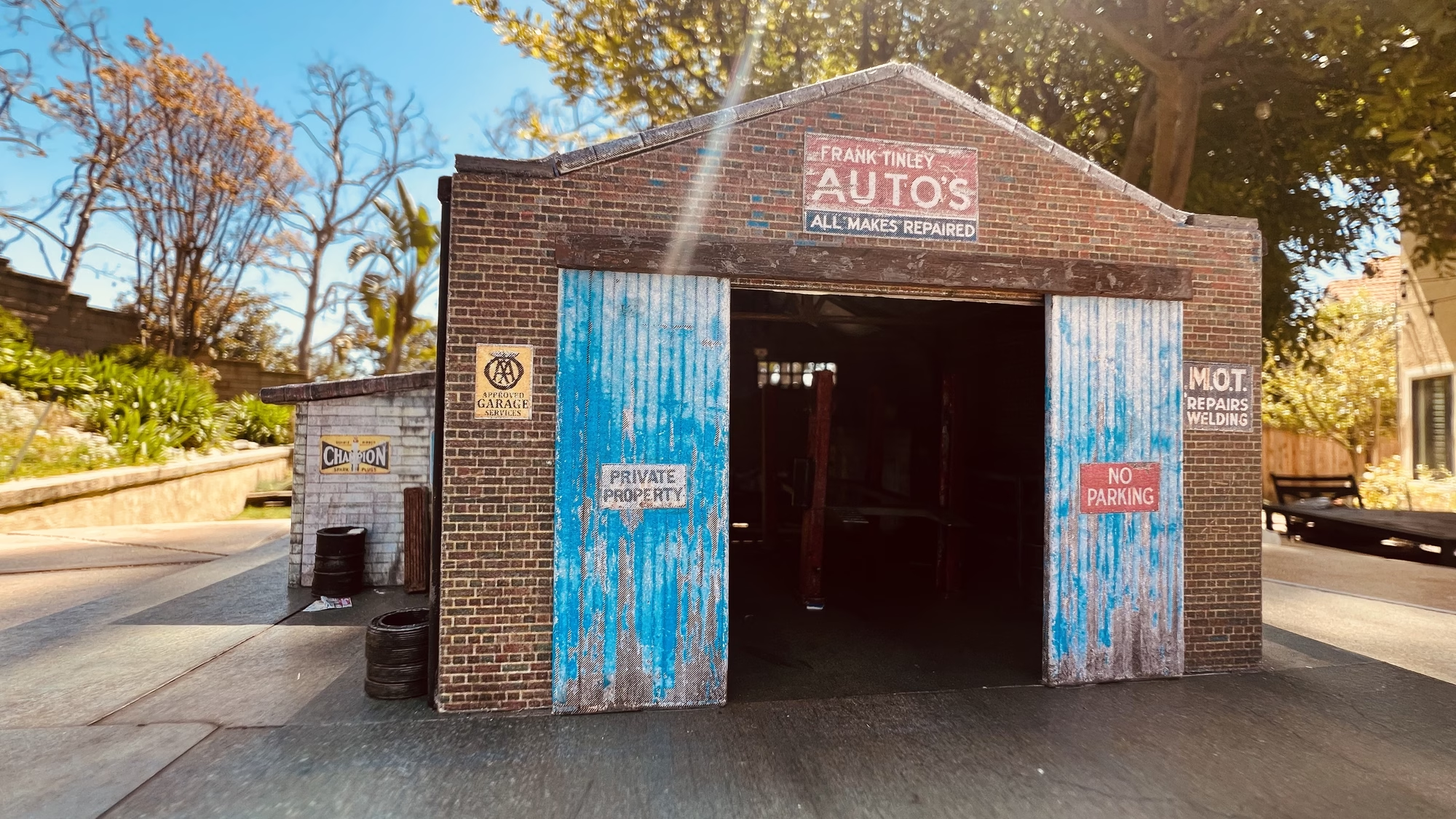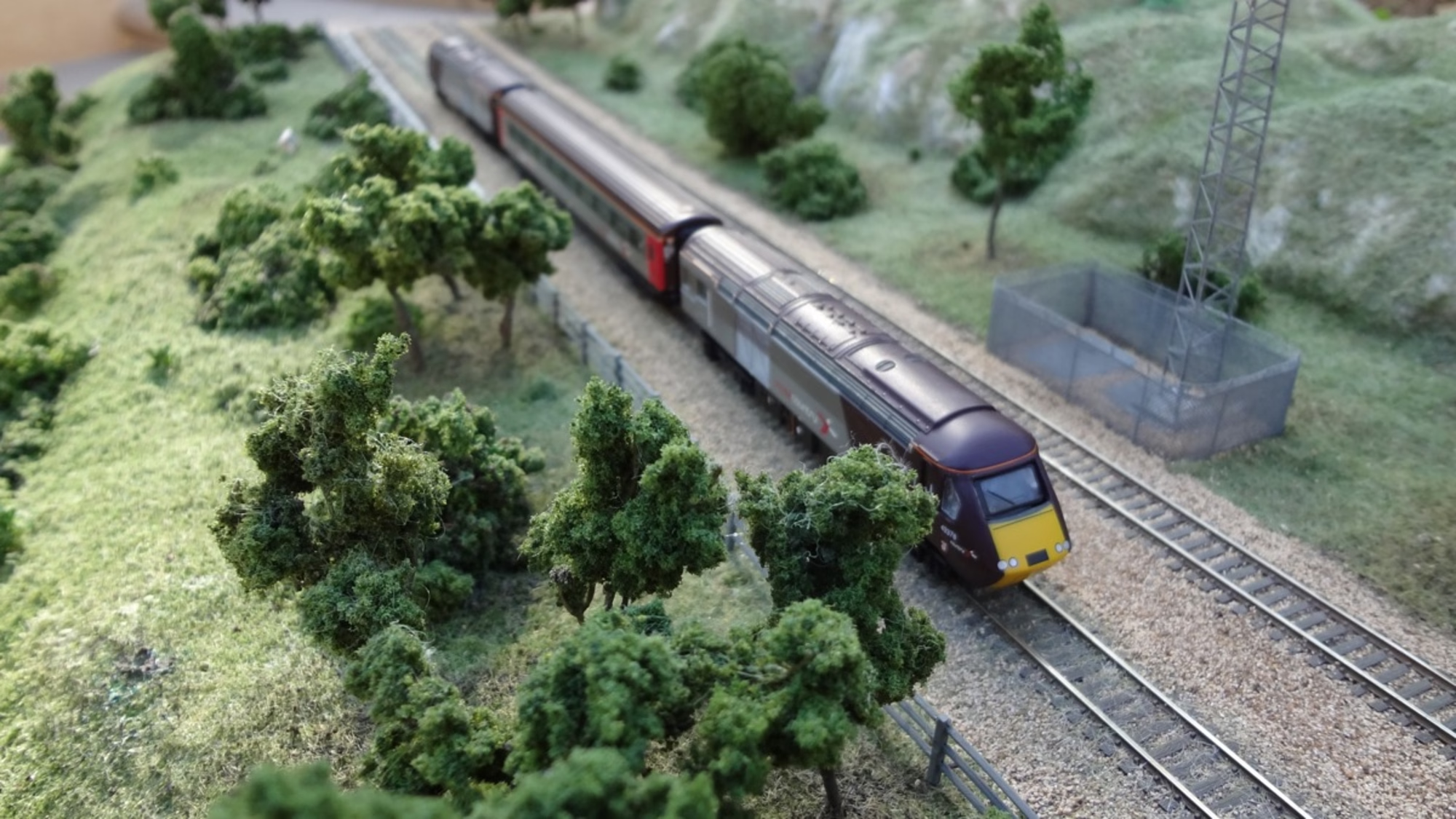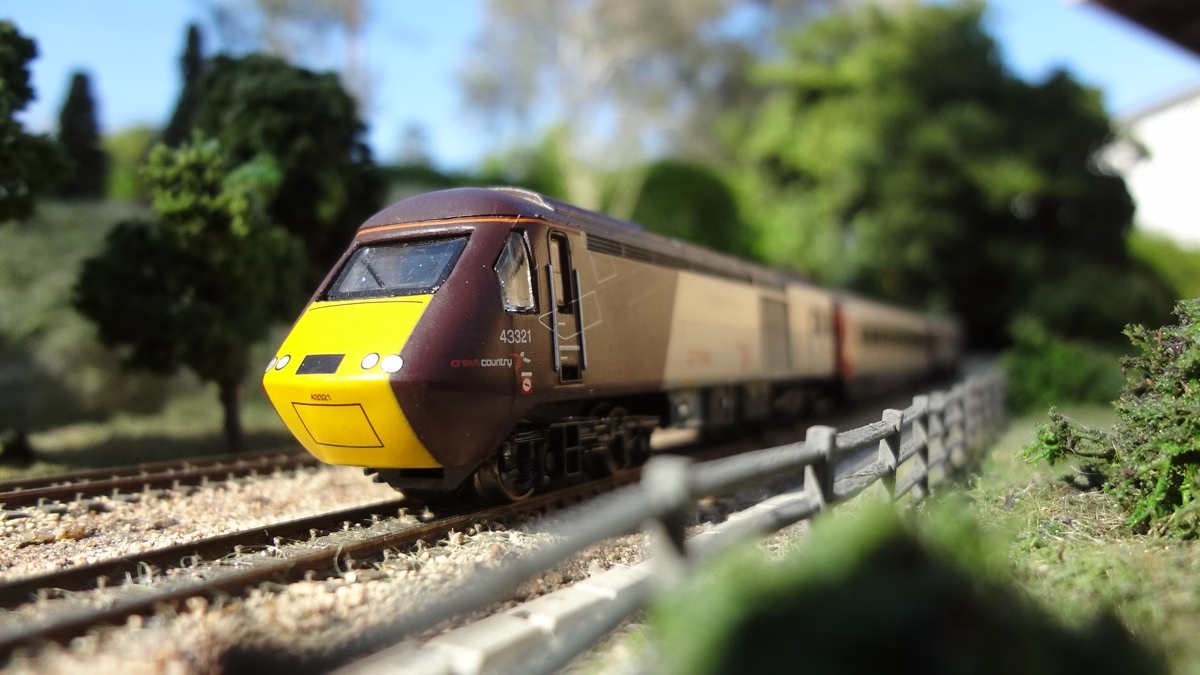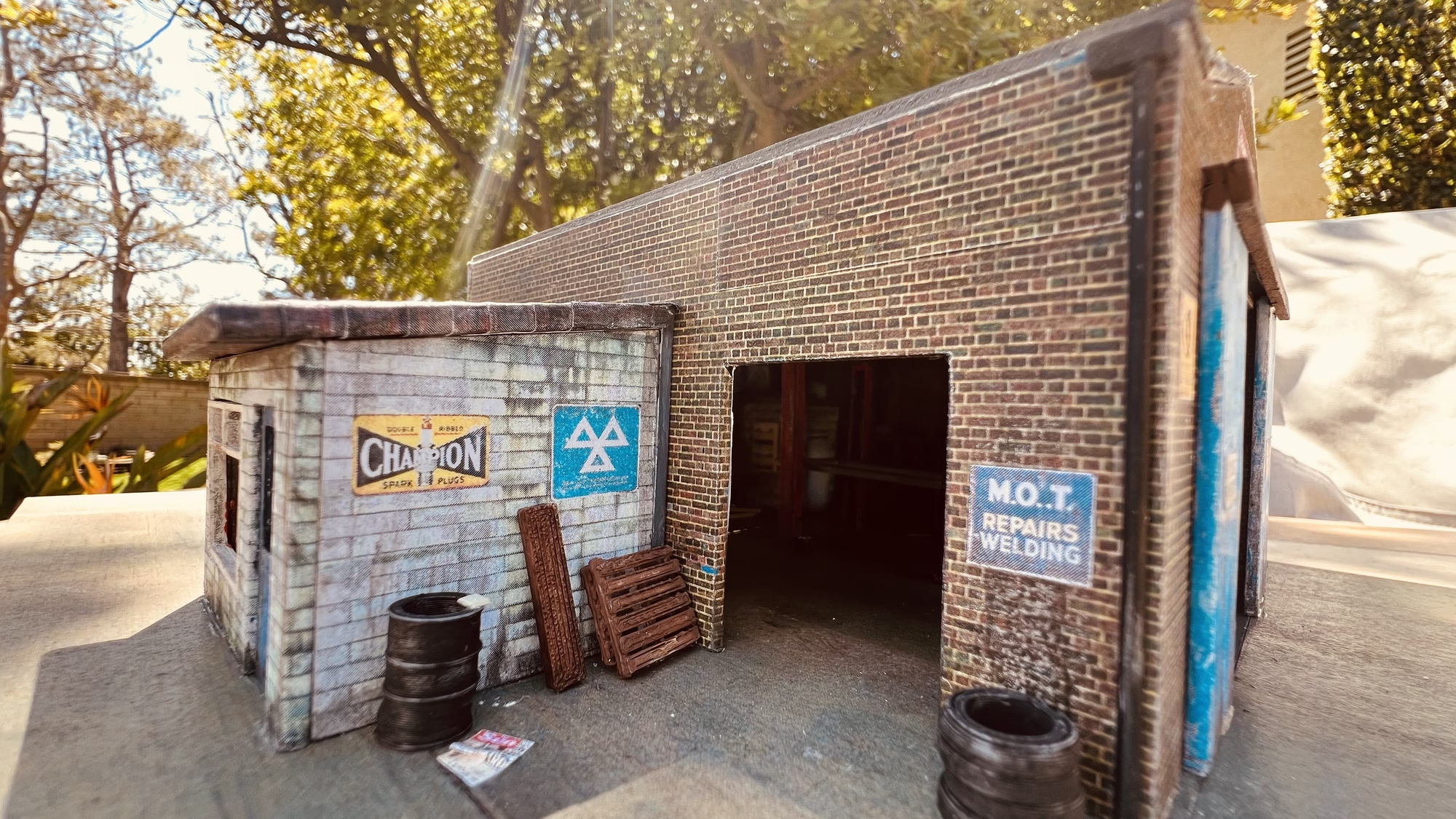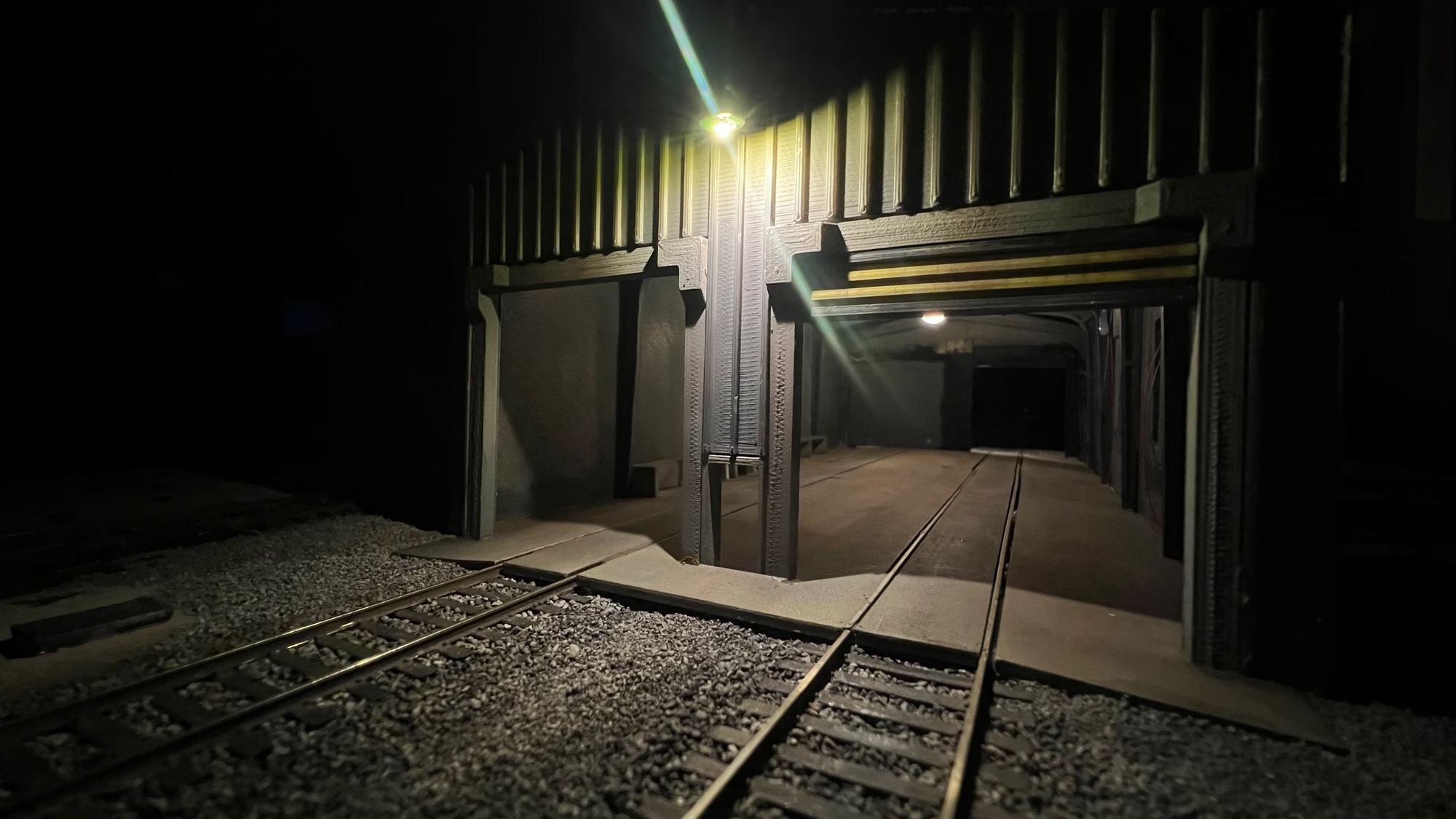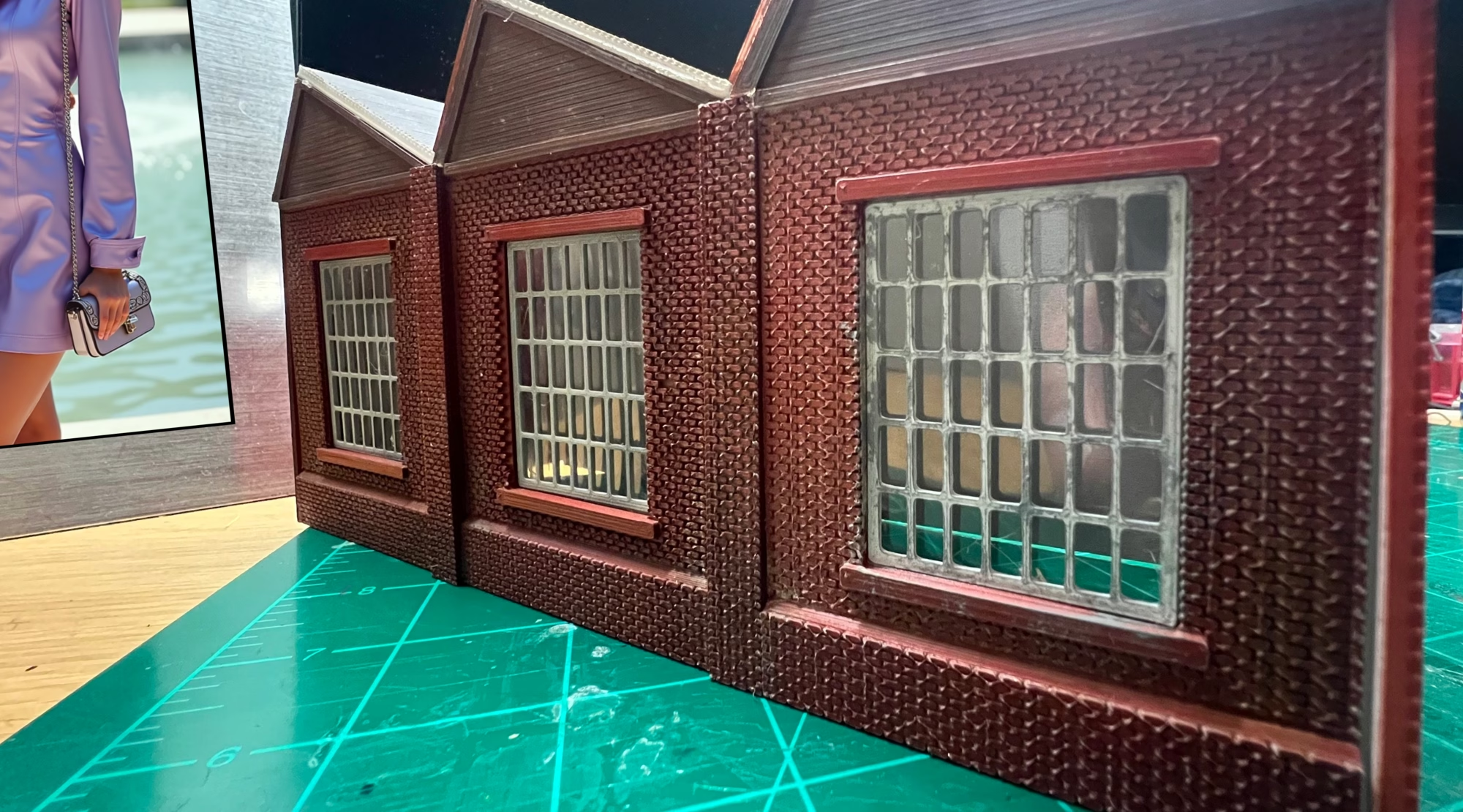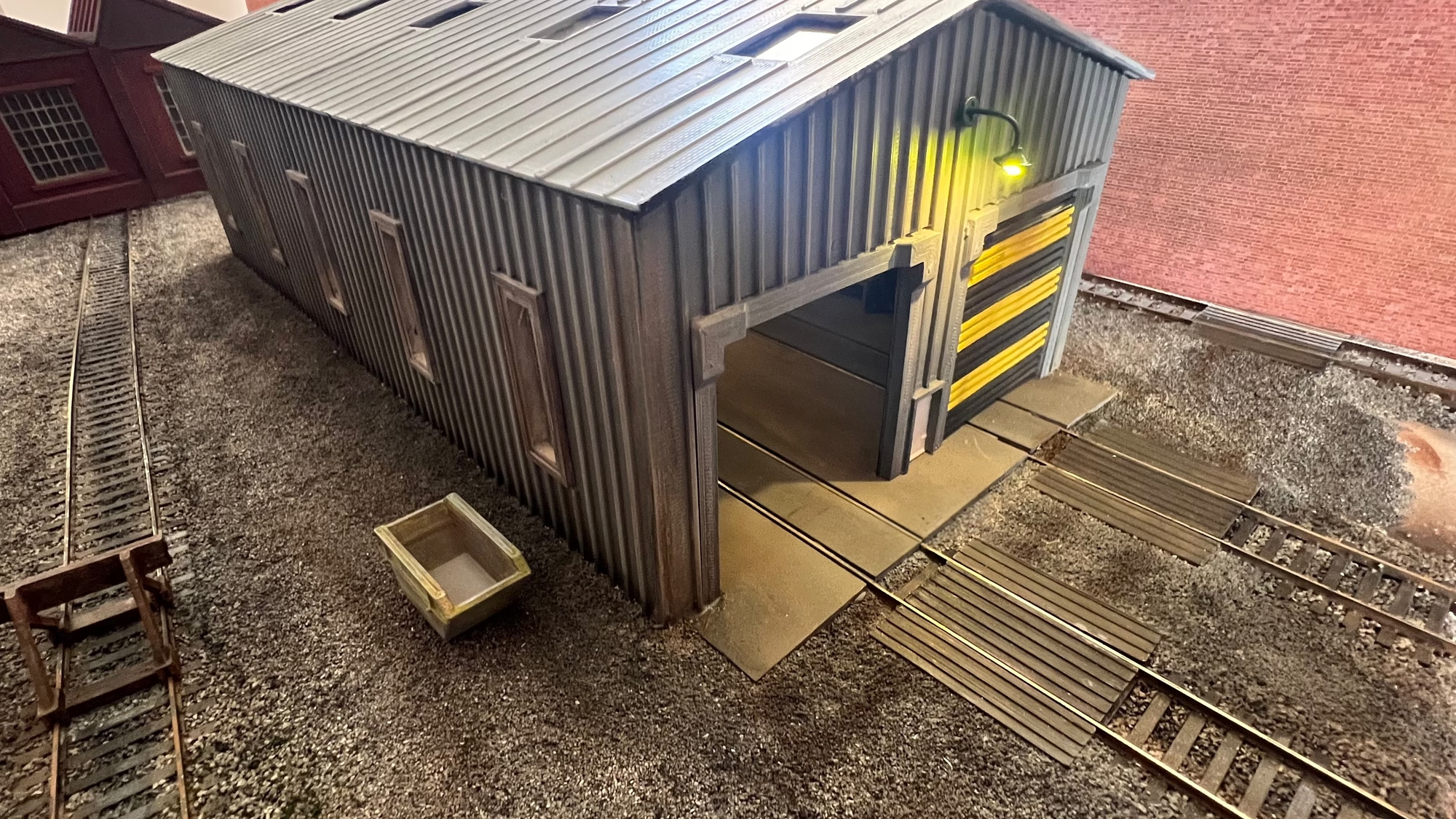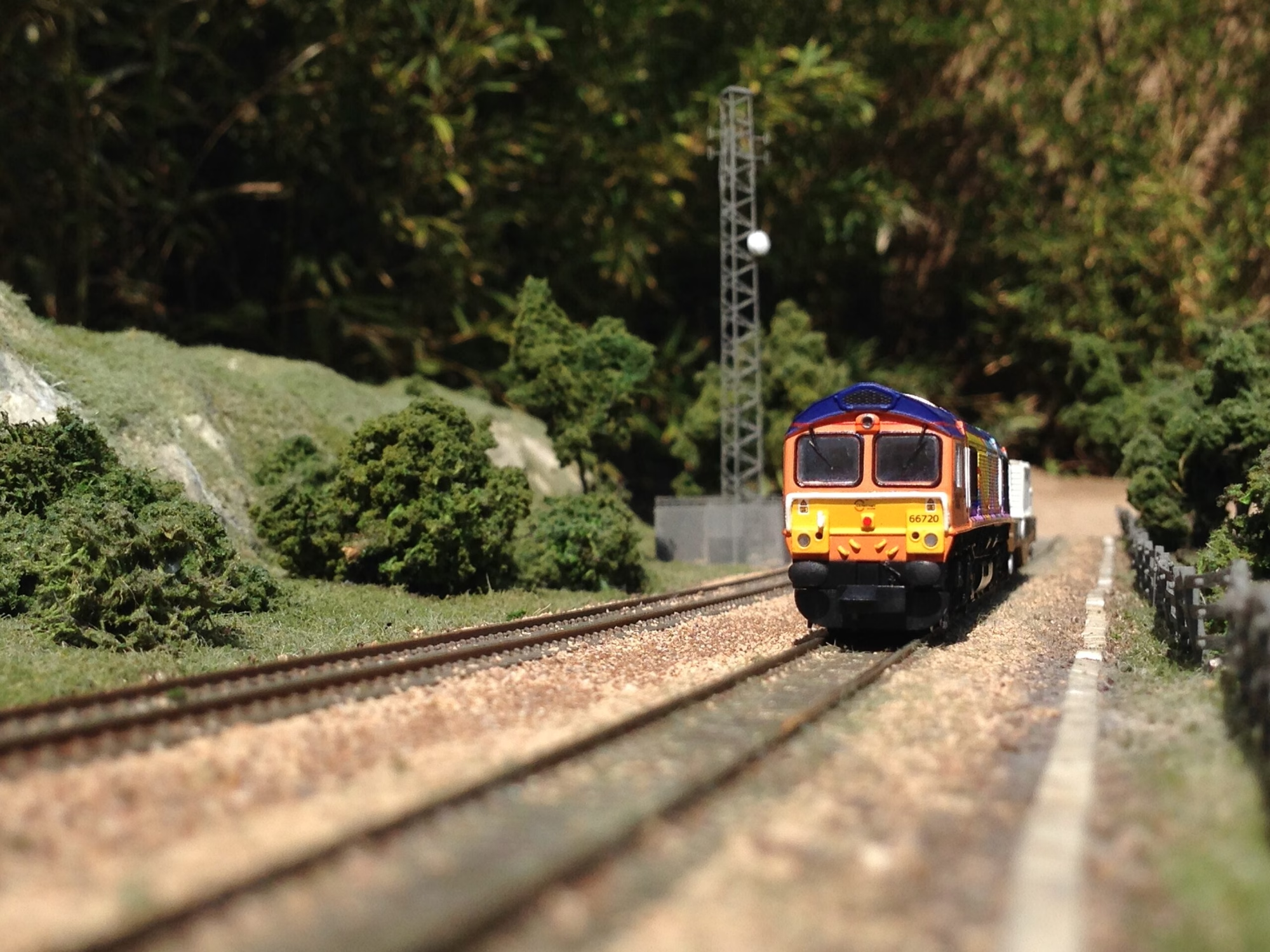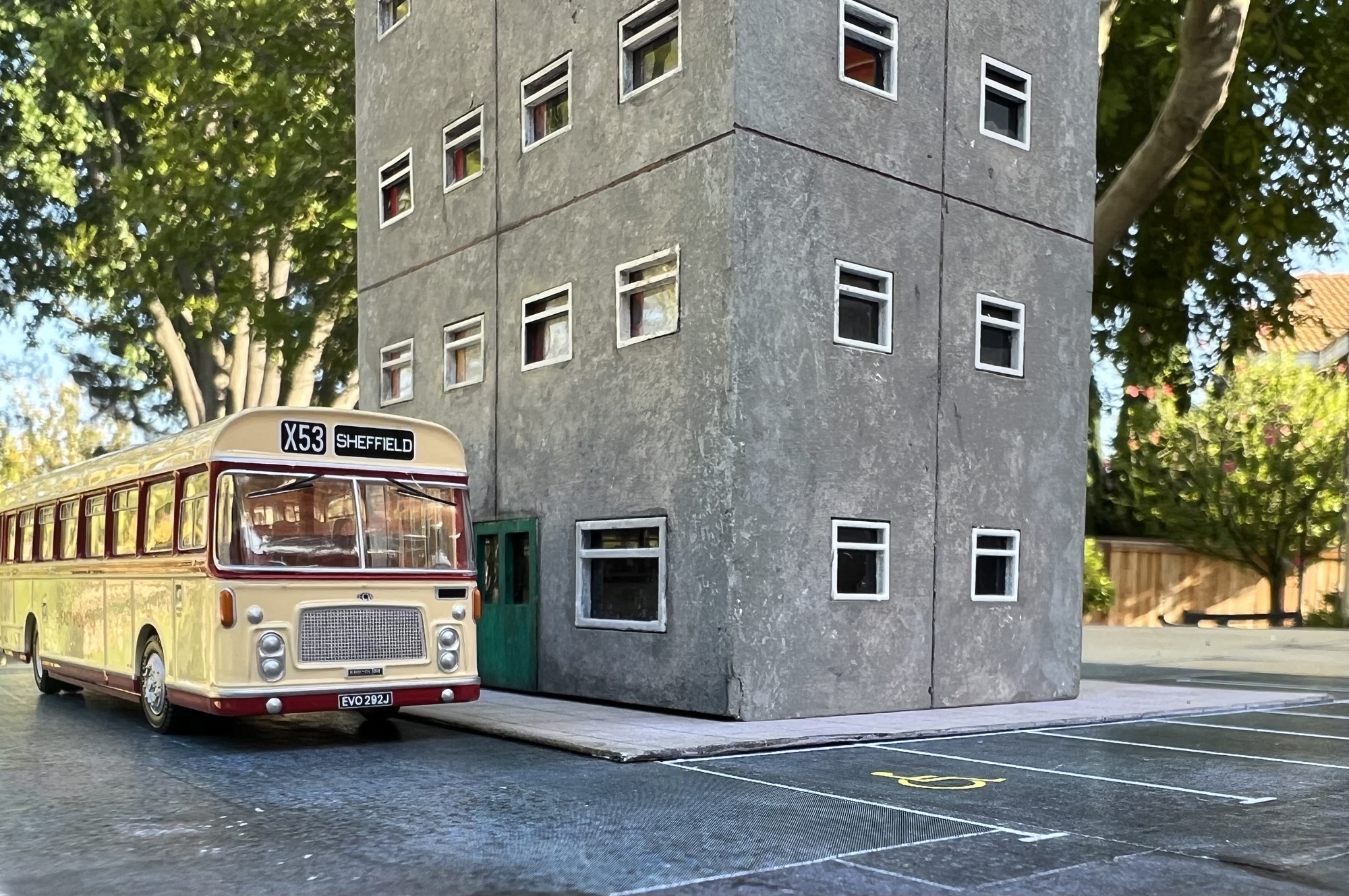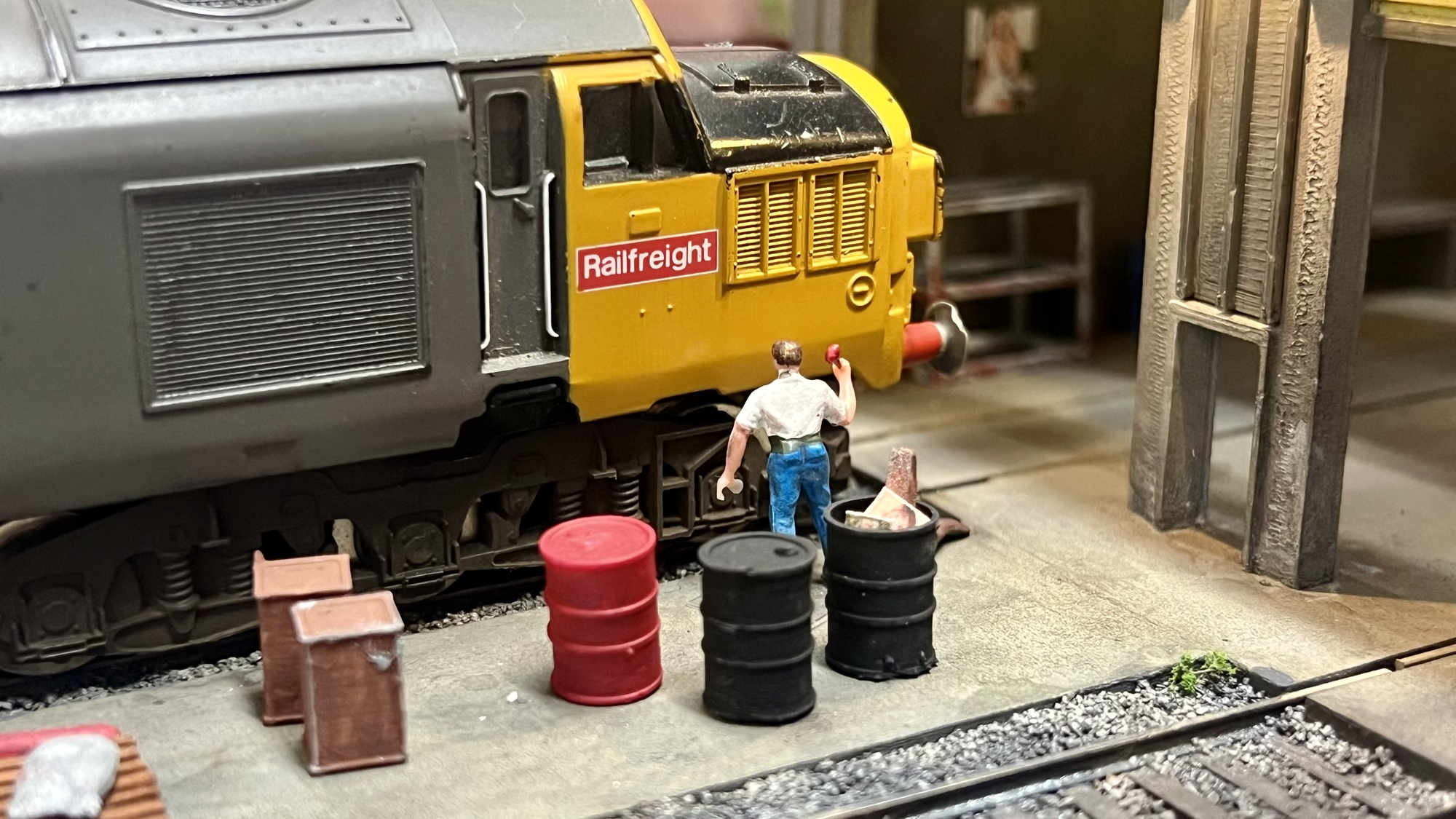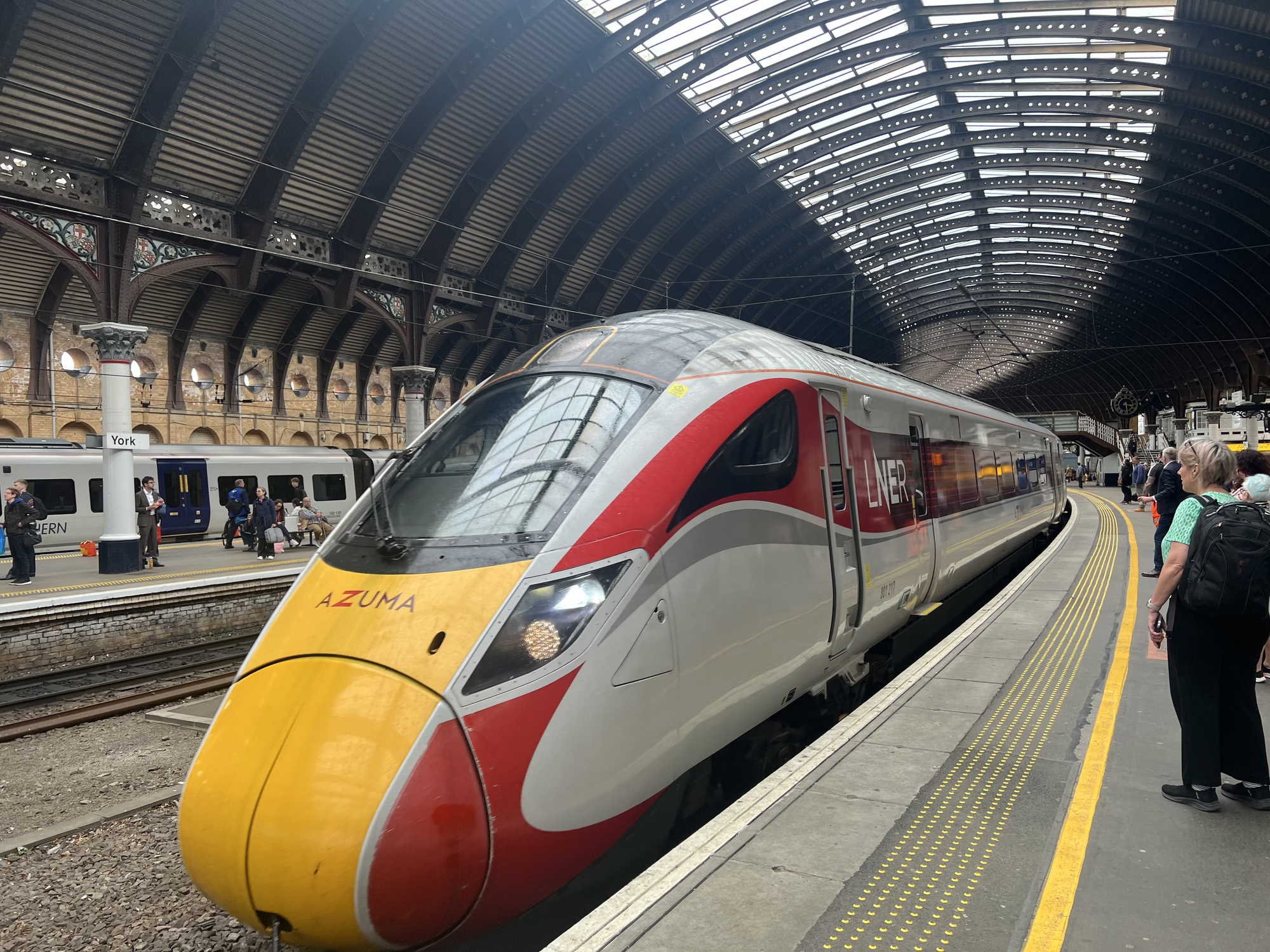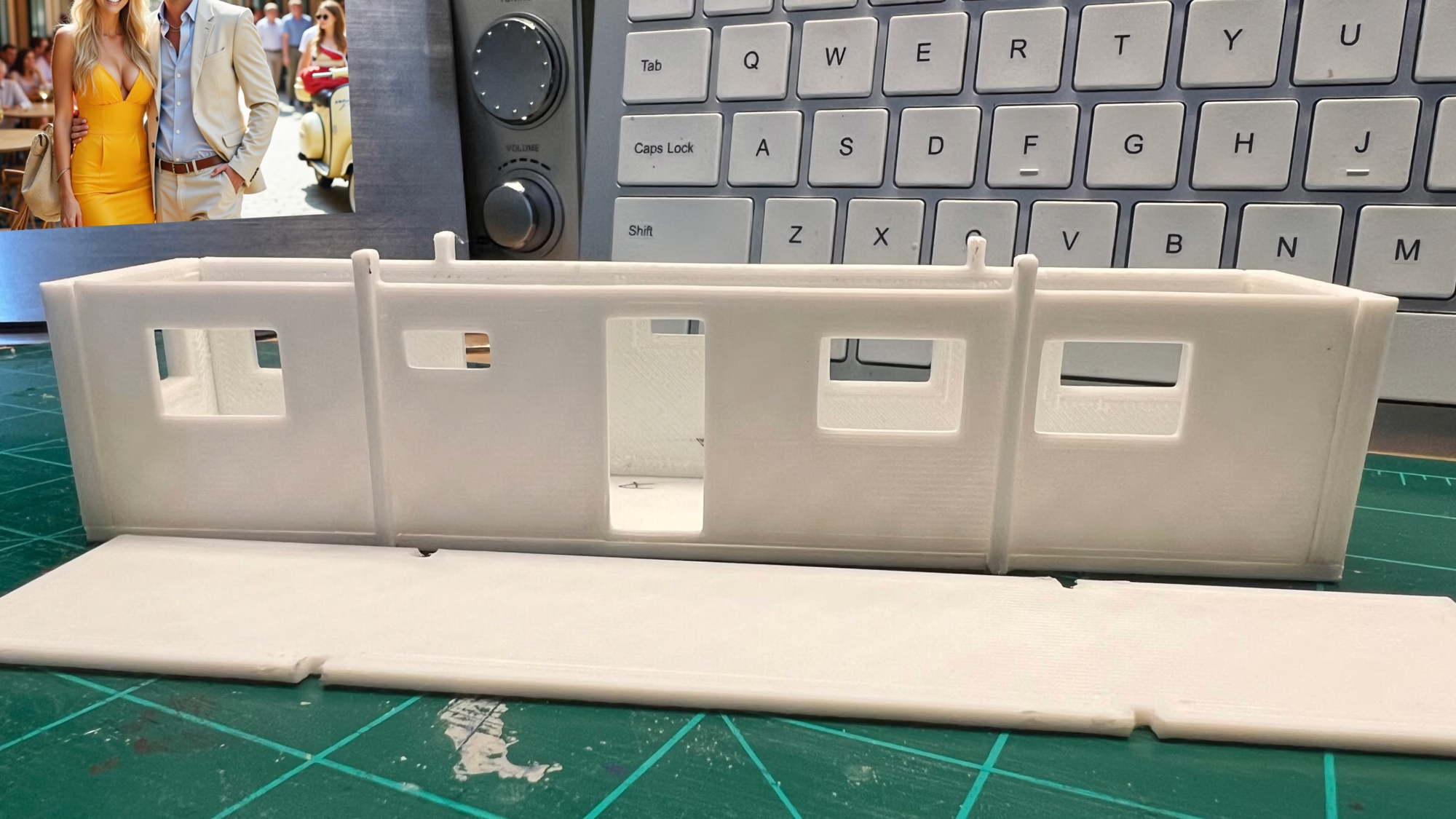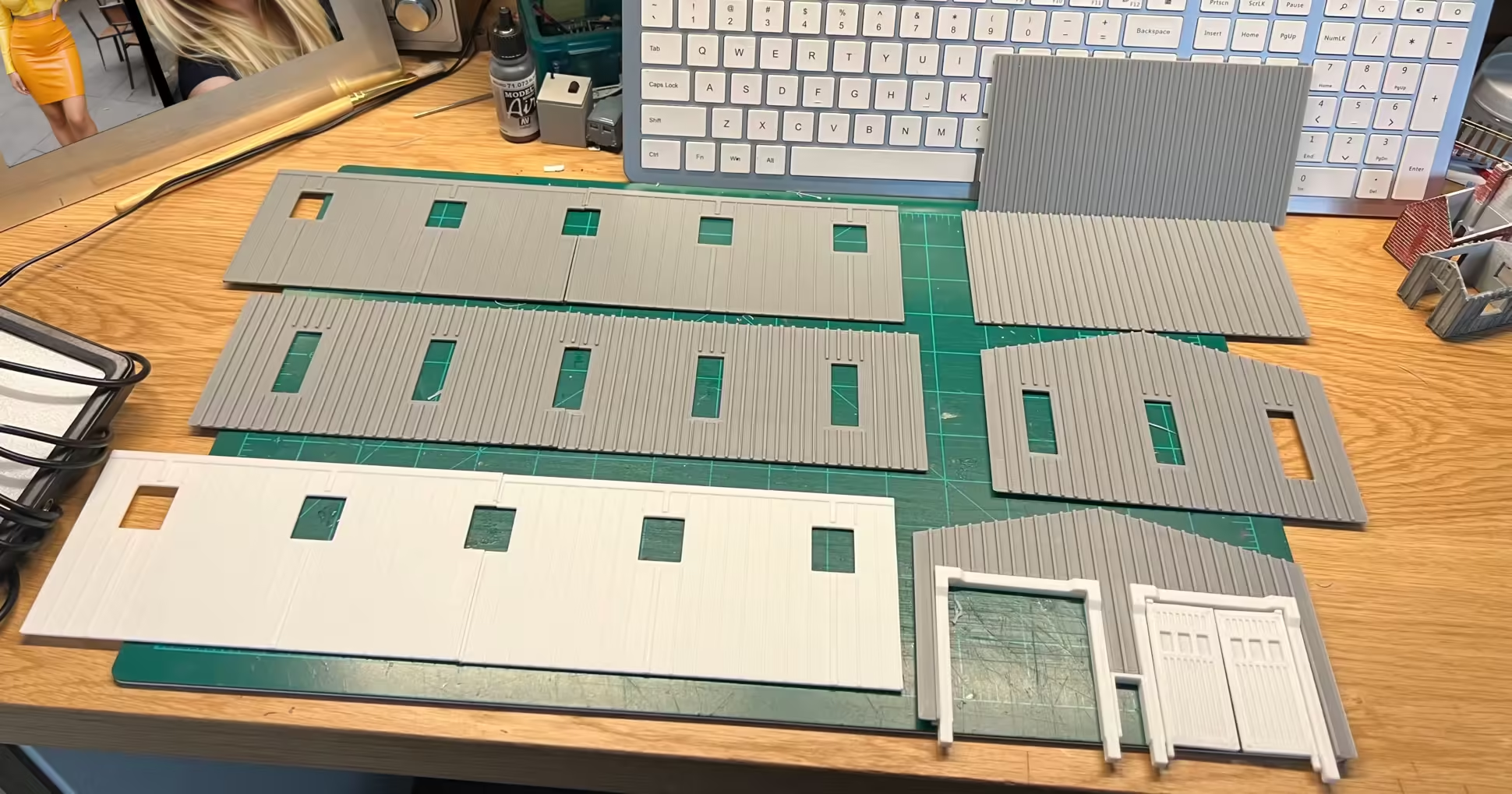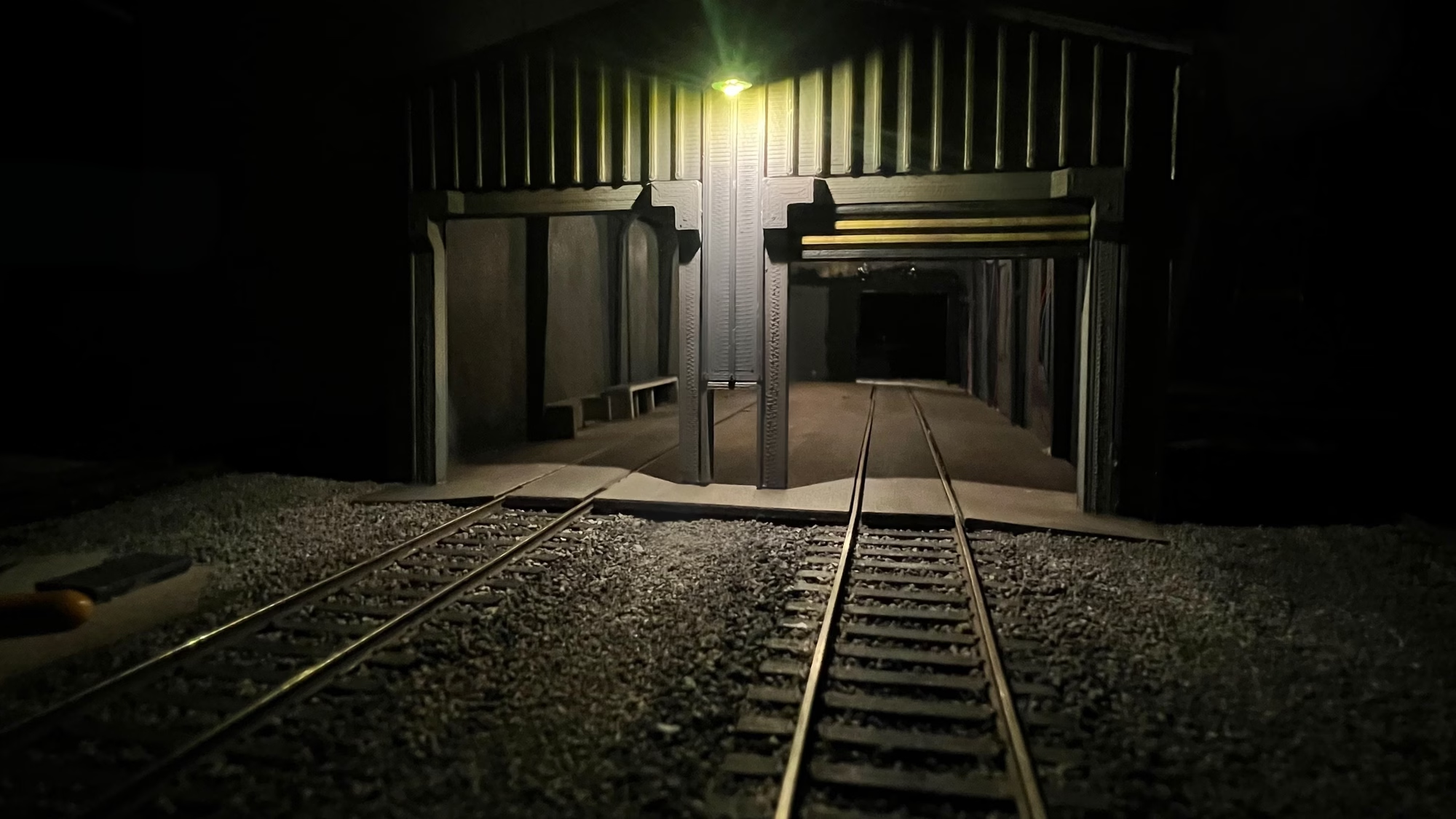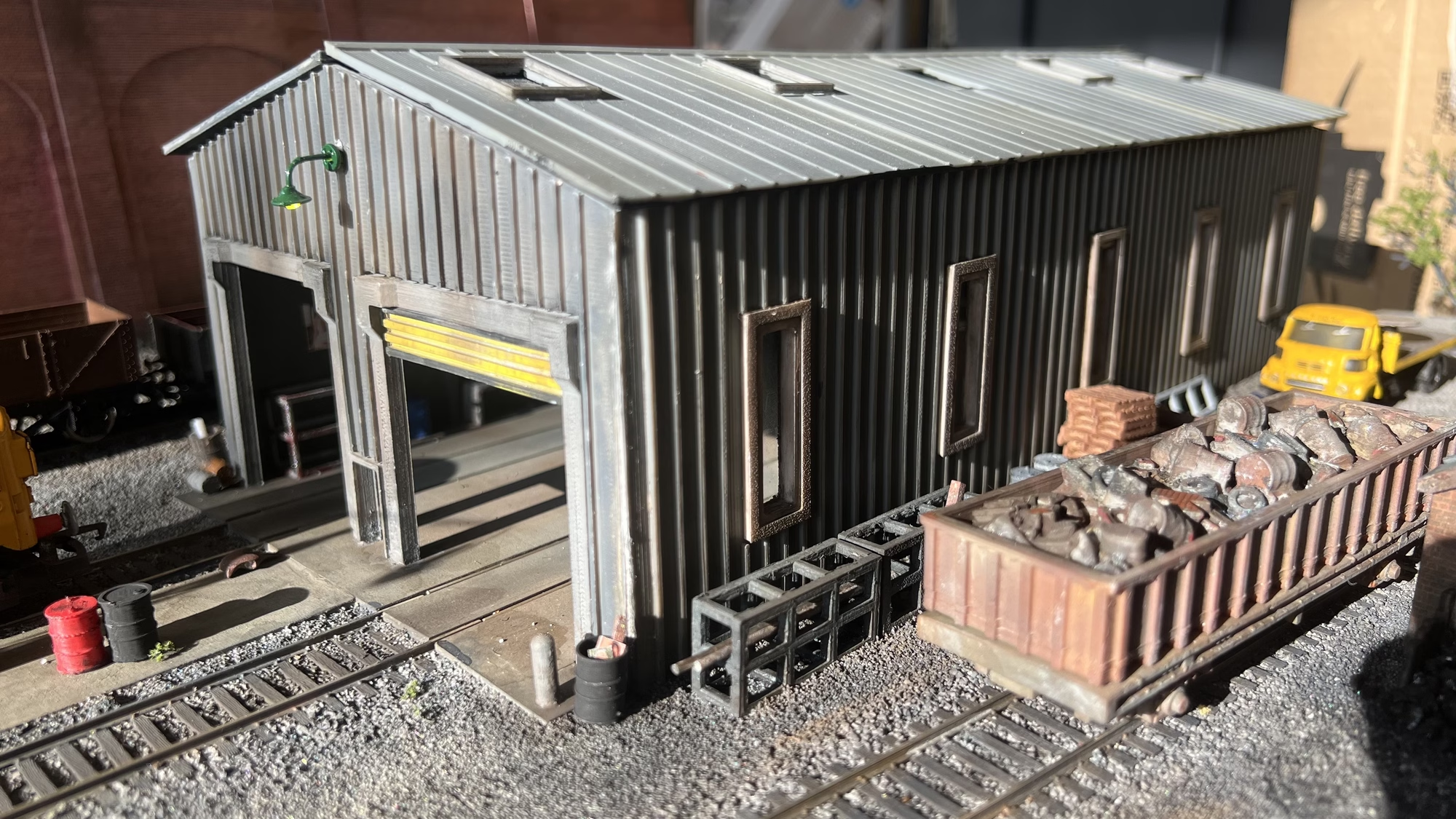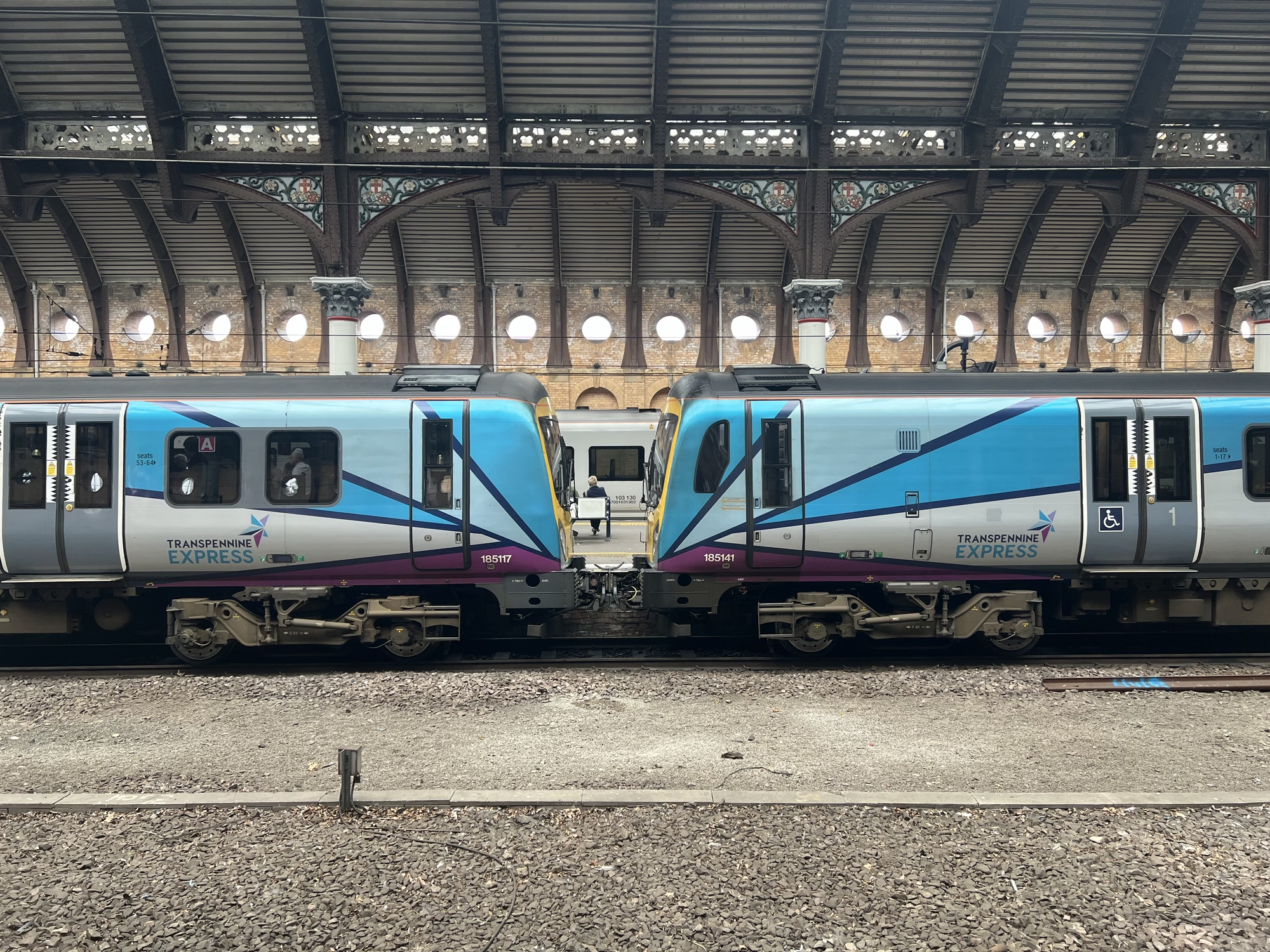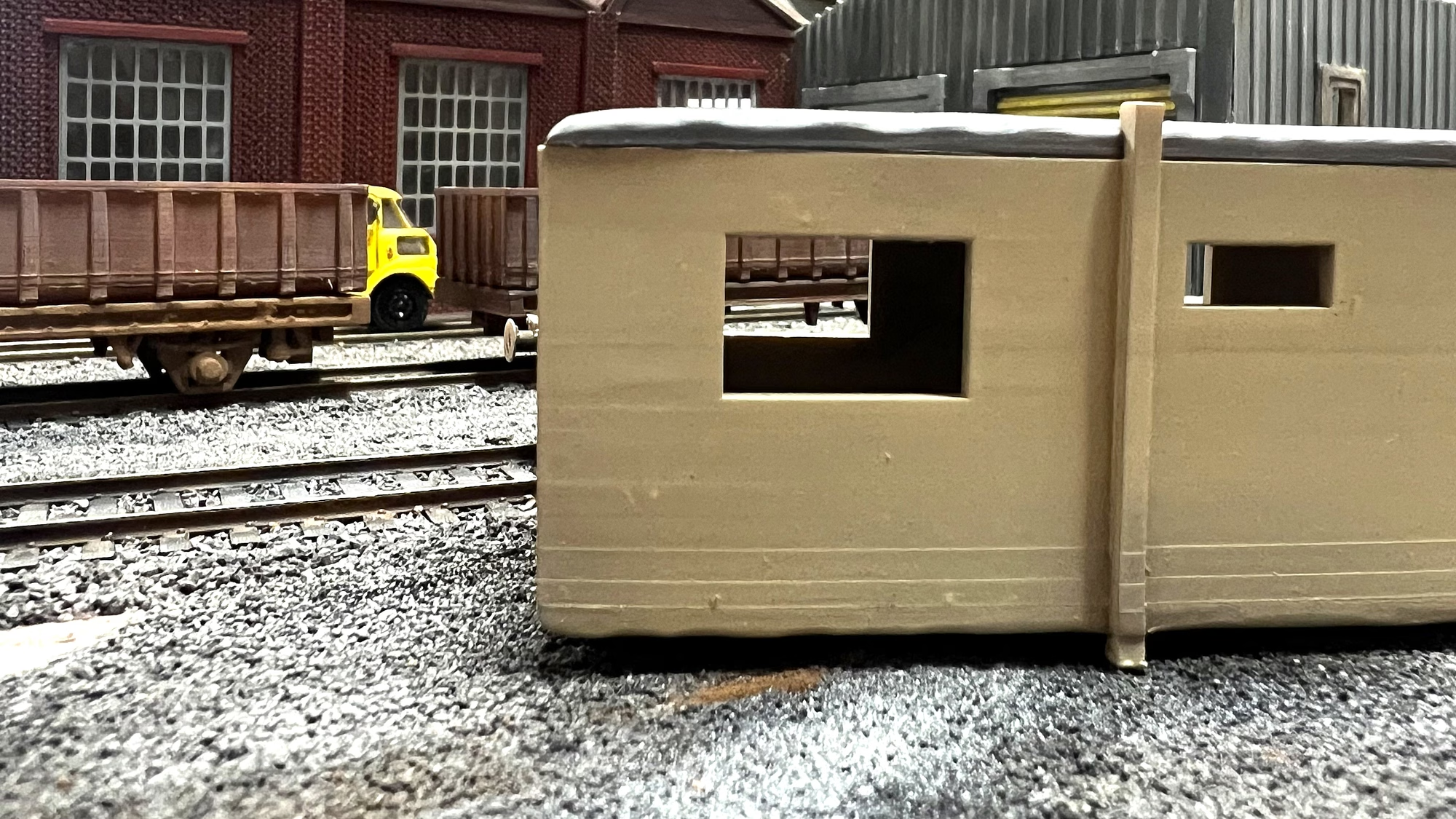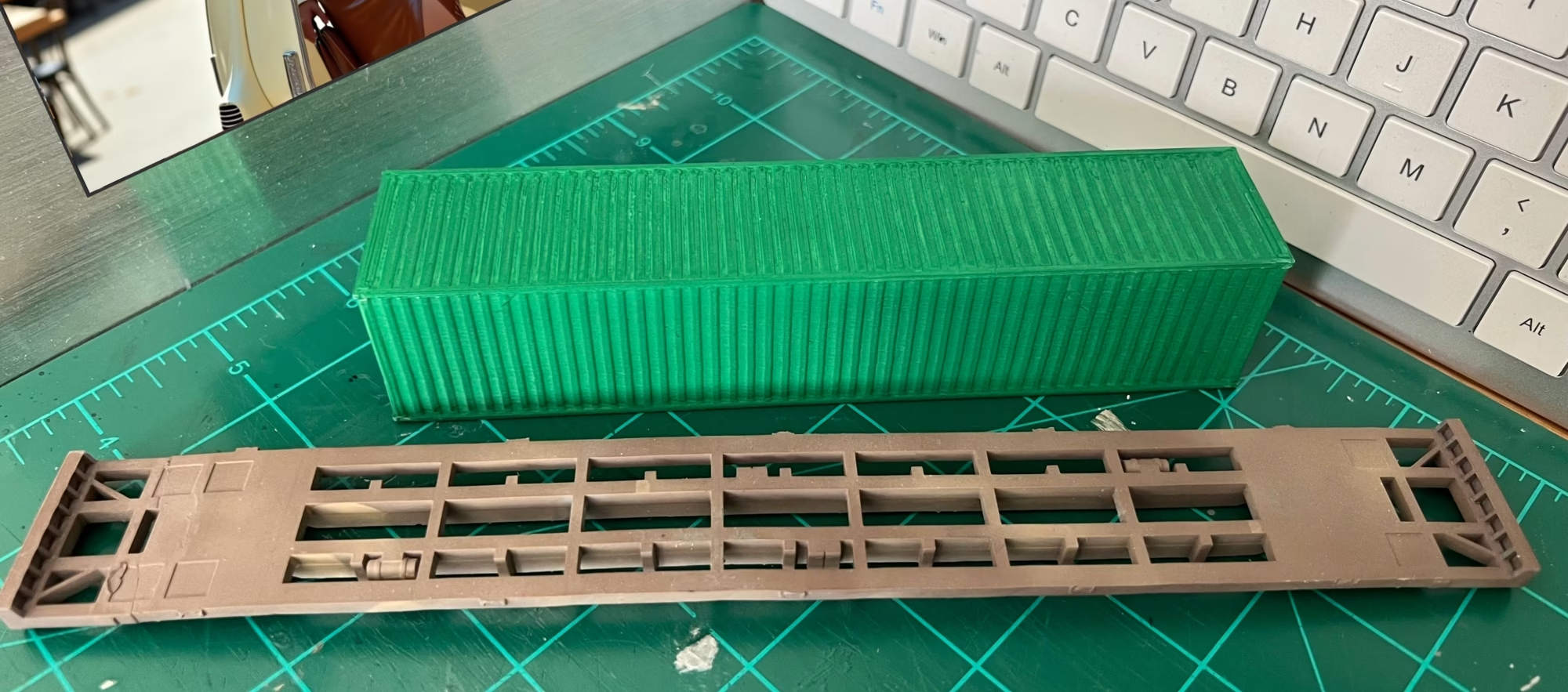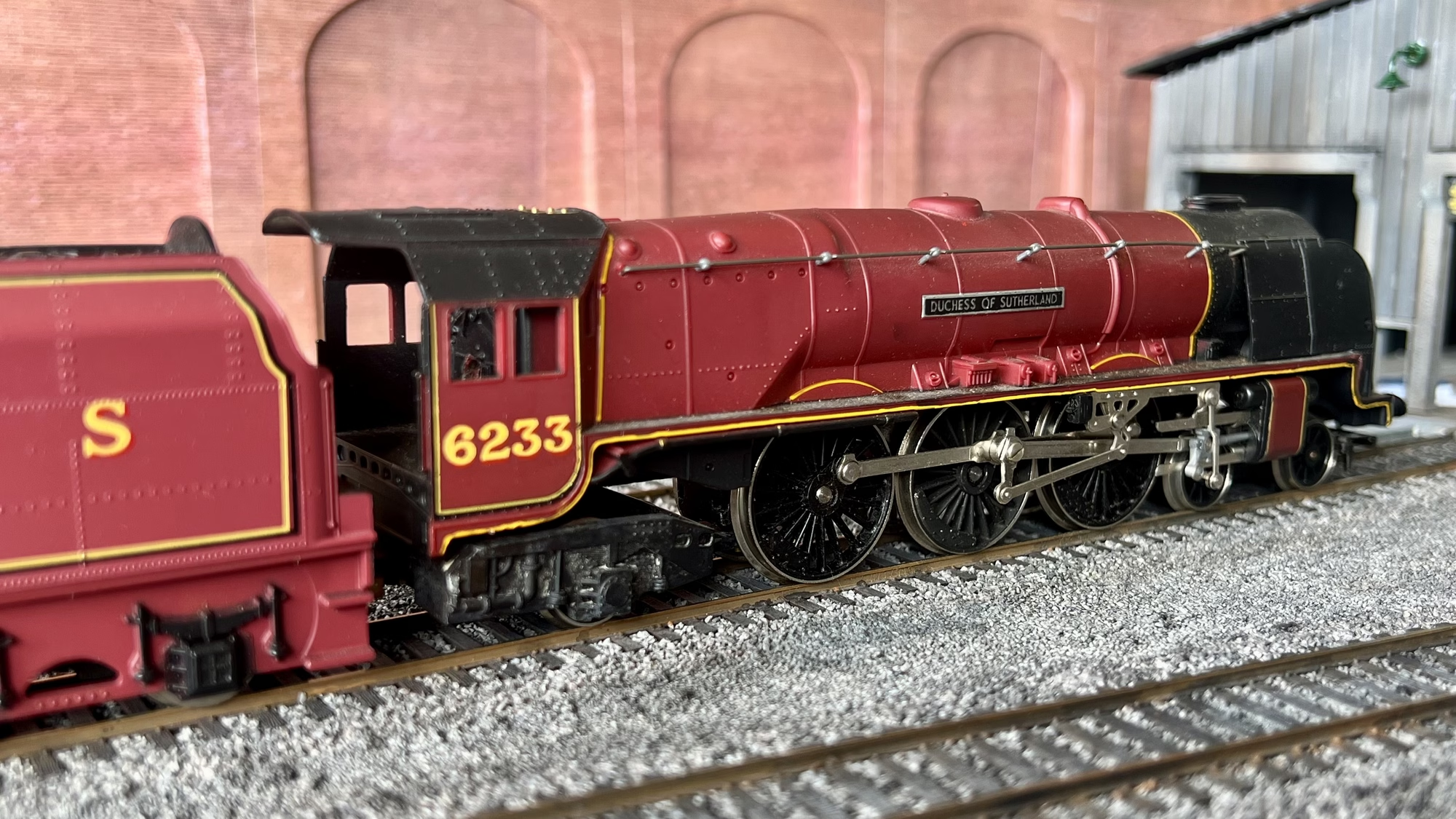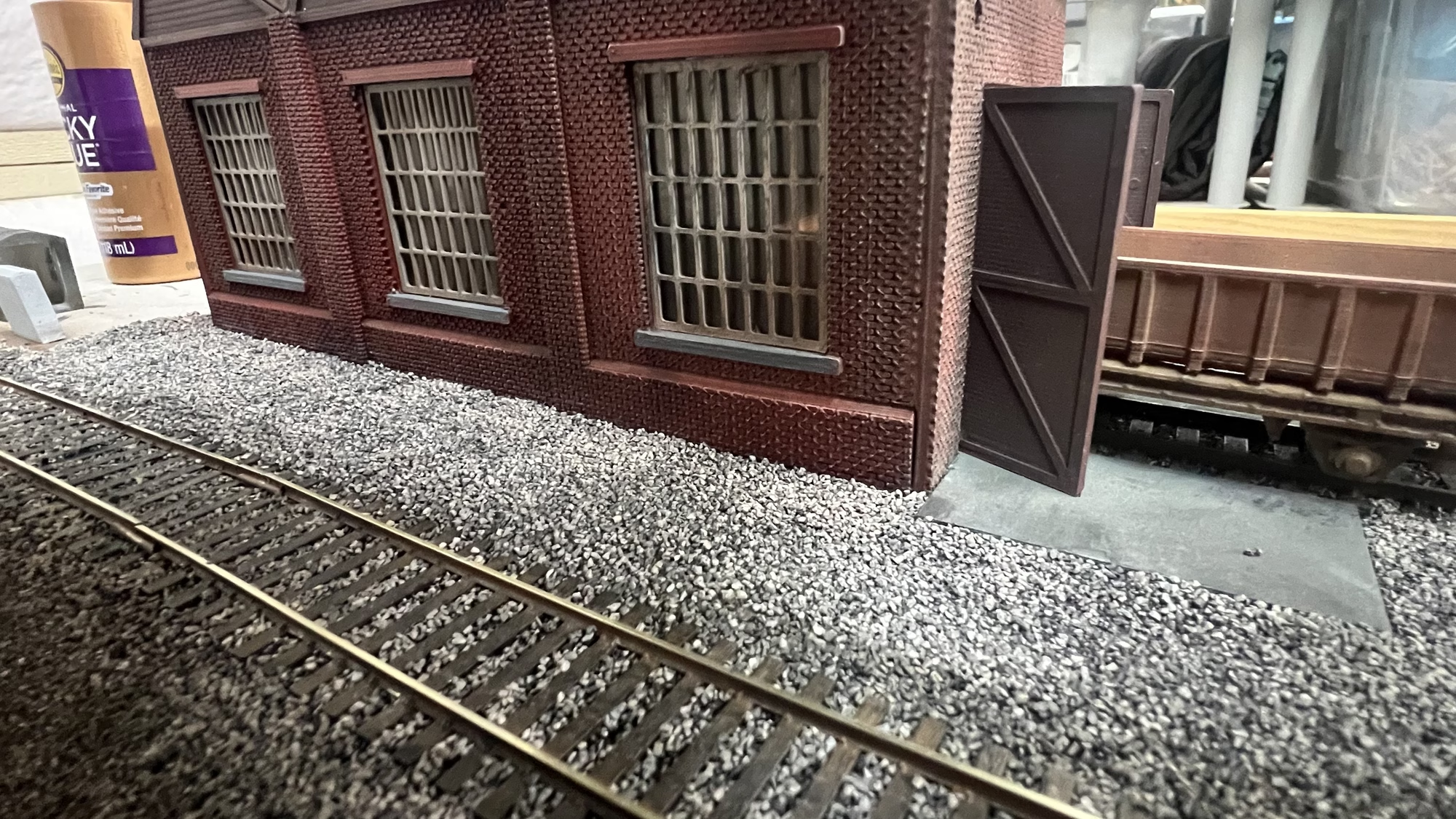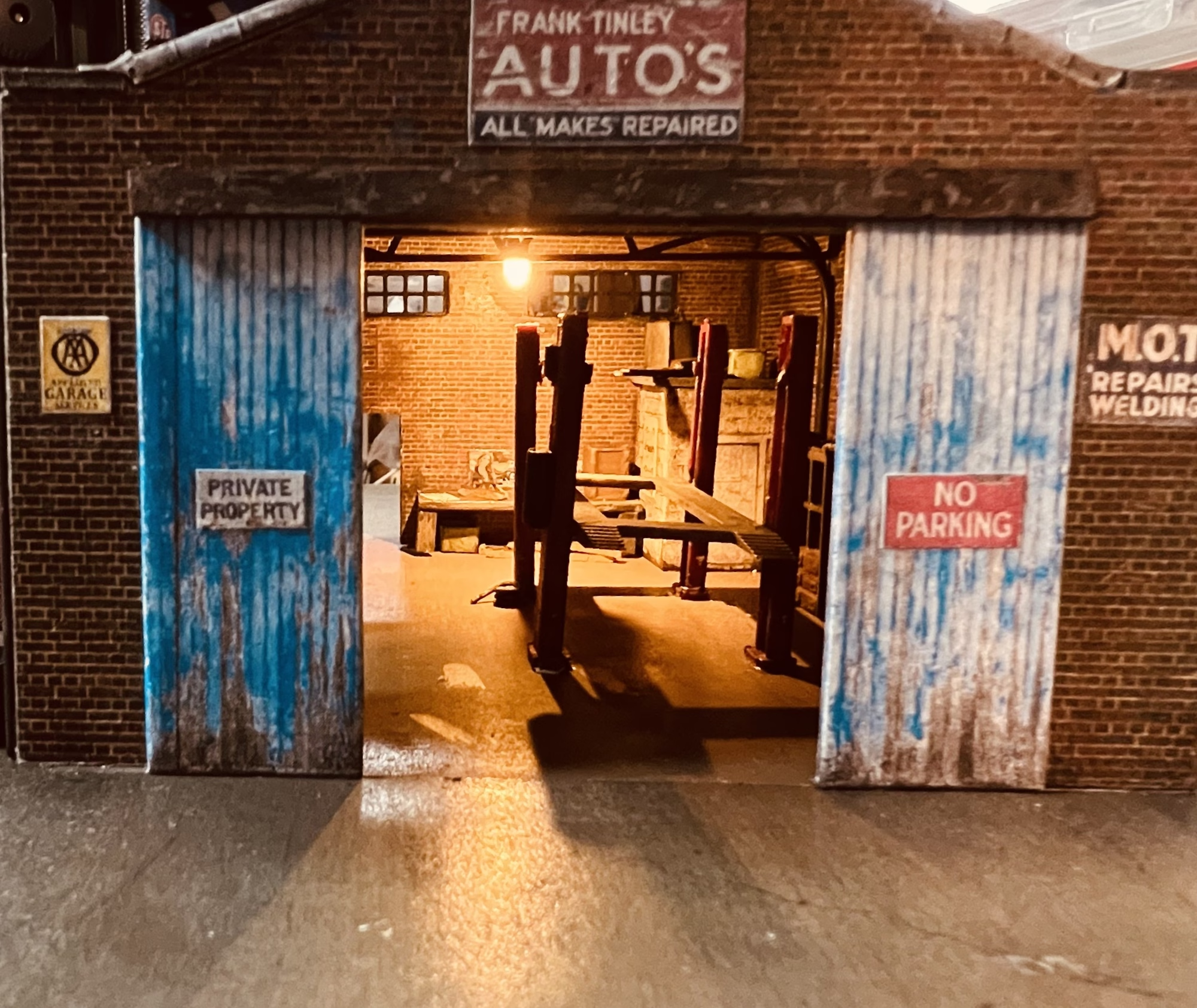The British Rail TOPS system (Total Operations Processing System) is a computerised system developed in the mid-1960s by IBM and the Southern Pacific Transportation Company in the United States to control its freight traffic.
It was implemented by British Rail in the early 1970s and ran on two IBM 370 mainframes installed at Marylebone in London. For its time it was very advanced.
Under the British Railways TOPS system, the Deltic like the one in the picture below was assigned “Class 55”
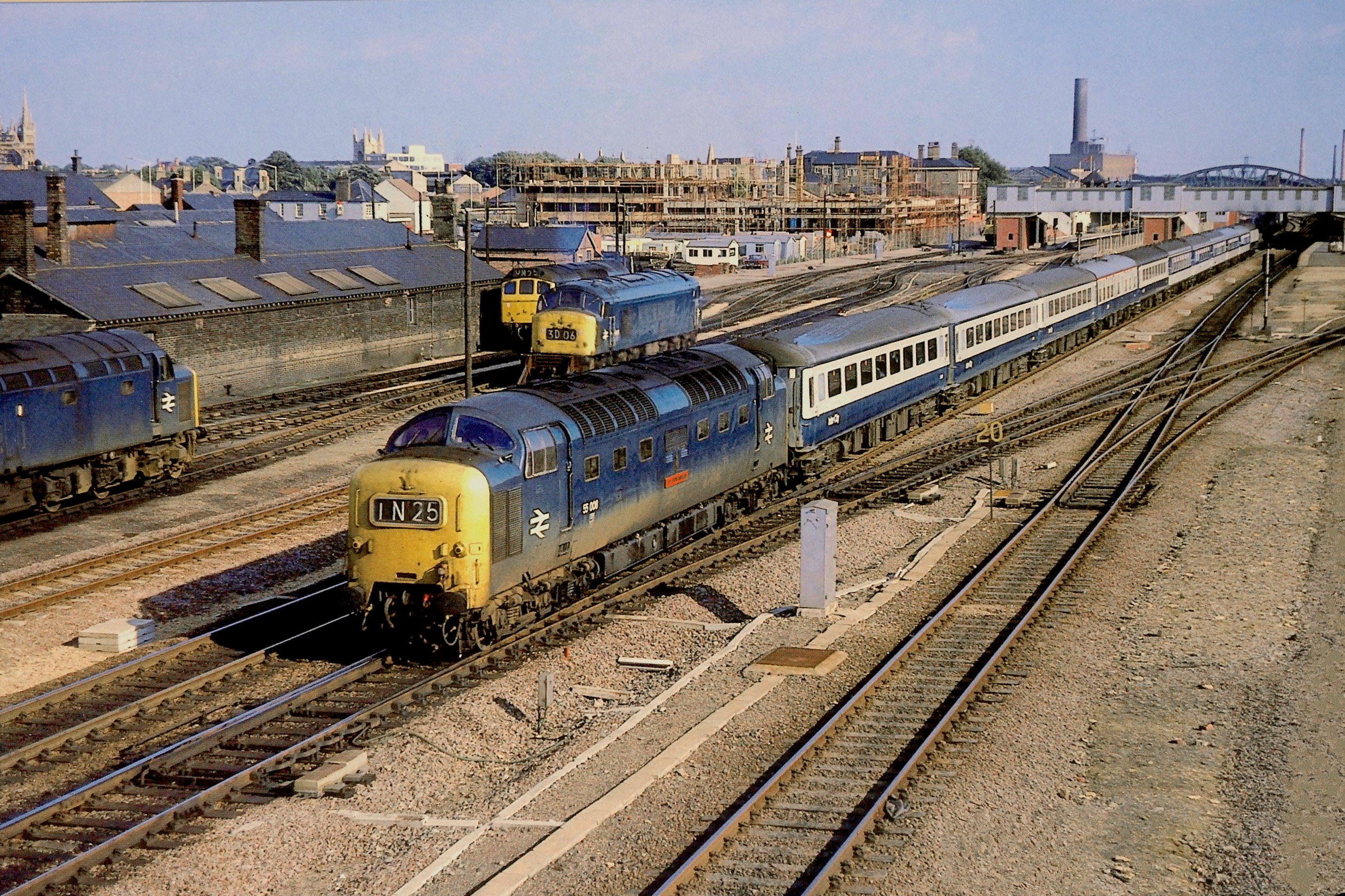
Photo by Phil Sangwell from UK – Class 55 Deltic 55008 , Peterborough 1974
The TOPS system allowed British Rail to keep tabs on its rolling stock across the whole rail network in real-time.
The TOPS system also involved a new numbering and classification scheme for locomotives and multiple units.
The system worked by assigning a TOPS class and a TOPS number to each locomotive and multiple unit.
The class was a two-digit code that indicated the type and power of the vehicle, while the number was a three- or four-digit code that identified the individual vehicle.
The system also used TOPS codes to identify the types of freight wagons and their loads.
The system was connected to terminals at various locations across the rail network, where operators could input and retrieve information about the location, status, and availability of the rolling stock.
The system also generated reports and schedules for the efficient management of freight traffic.
What are the benefits of the TOPS system?
Some of the benefits of the TOPS system are:
– It improved the utilisation and availability of the rolling stock by reducing idle time and maintenance costs.
– It enabled real-time tracking and scheduling of the freight trains, which improved the service quality and reliability for the customers.
– It reduced the paperwork and human errors involved in the manual system, which saved time and resources.
– It provided a comprehensive database of the freight traffic, which facilitated planning, analysis, and reporting.
– It introduced a standardised numbering and classification scheme for the locomotives and multiple units, which simplified identification and communication.
TOPS FAQ
Here are five frequently asked questions (FAQs) about the Total Operations Processing System (TOPS) used by British Railways:
What is TOPS?
- TOPS stands for Total Operations Processing System. It was a computerized system adopted by British Railways in the late 1960s. Initially designed to manage freight wagon records in real time, it was later expanded to include locomotives
How did TOPS classify locomotives?
- In its first attempt, TOPS classified locomotives using unique subclass numbers. However, this approach was modified later. For example, original subclasses like xx/1 became xx/0, xx/2 became xx/1, and so on. Some conversions led to complete reclassification
What about diesel multiple units (DMUs)?
- Initially, each carriage within a DMU received its own unique class number. Later, this arrangement was revised, and each unit adopted the class number previously given to the main type of Driving Motor car. DEMU units underwent significant changes in classification
Where did TOPS originate?
- TOPS was developed in collaboration between IBM and the Southern Pacific Railroad in the United States. British Railways implemented it using two IBM 370 mainframes installed at Marylebone in London
What was the purpose of TOPS?
- TOPS allowed British Railways to track and manage rolling stock across the entire rail network. It provided automated tracking and control of freight consists, improving operational efficiency

